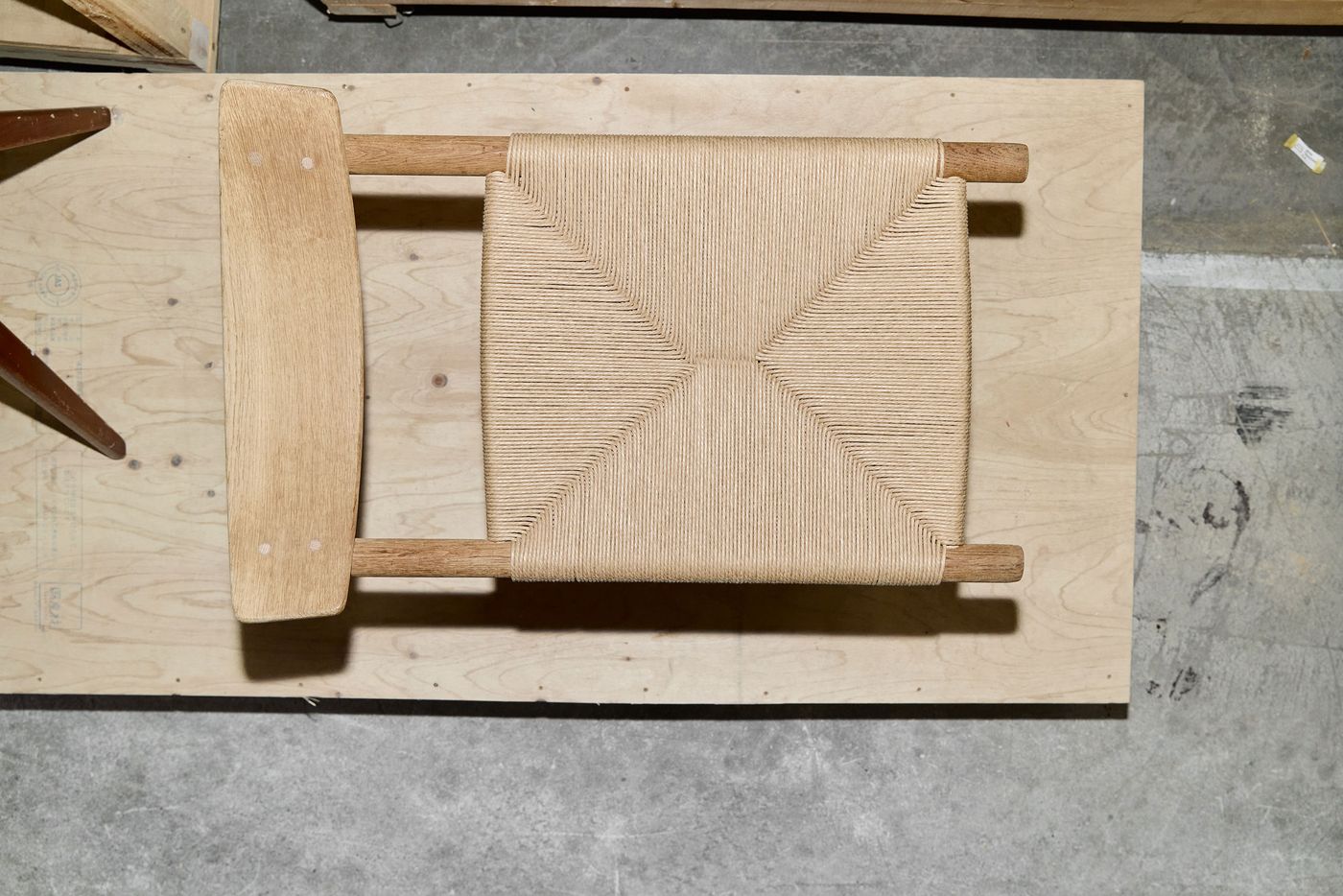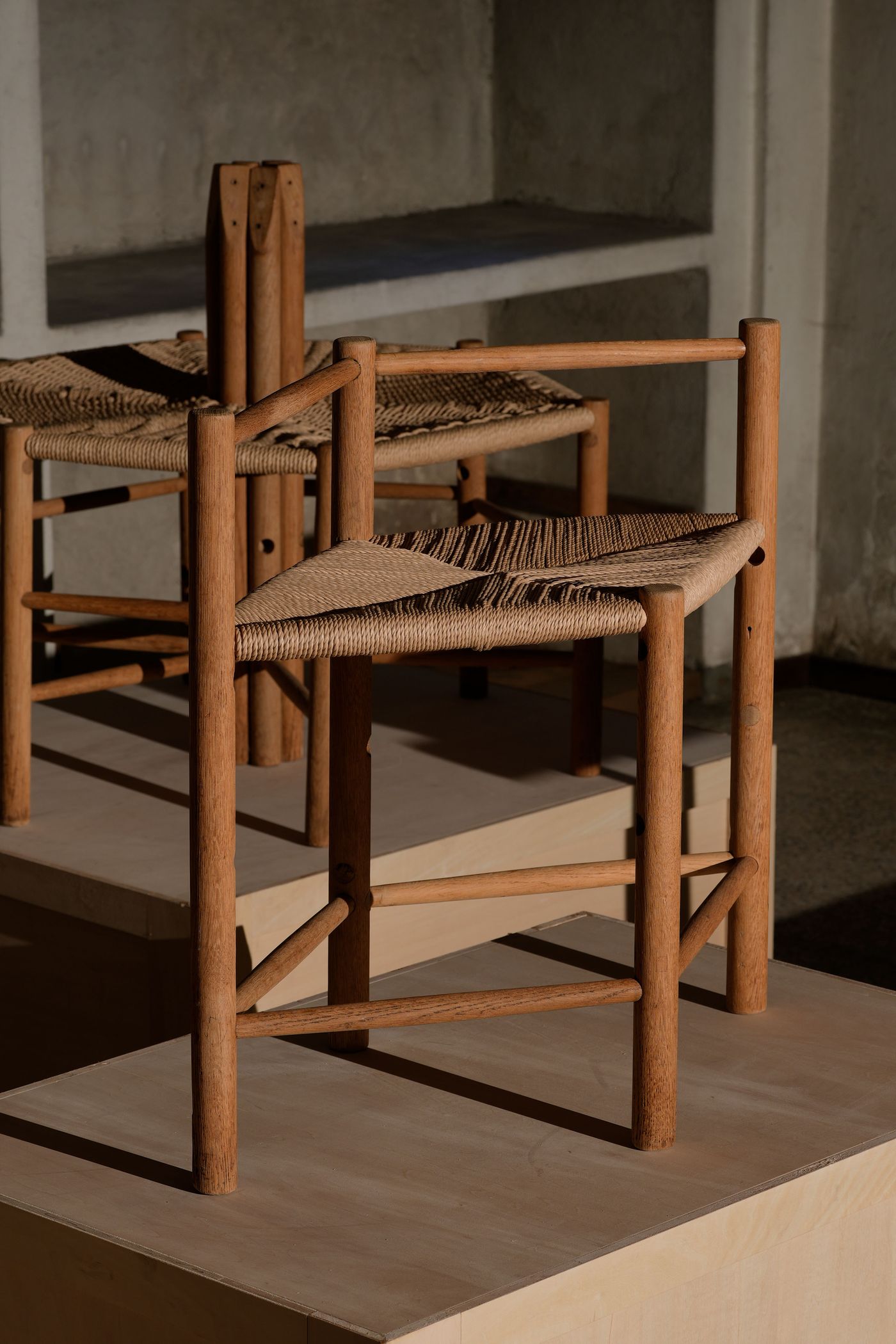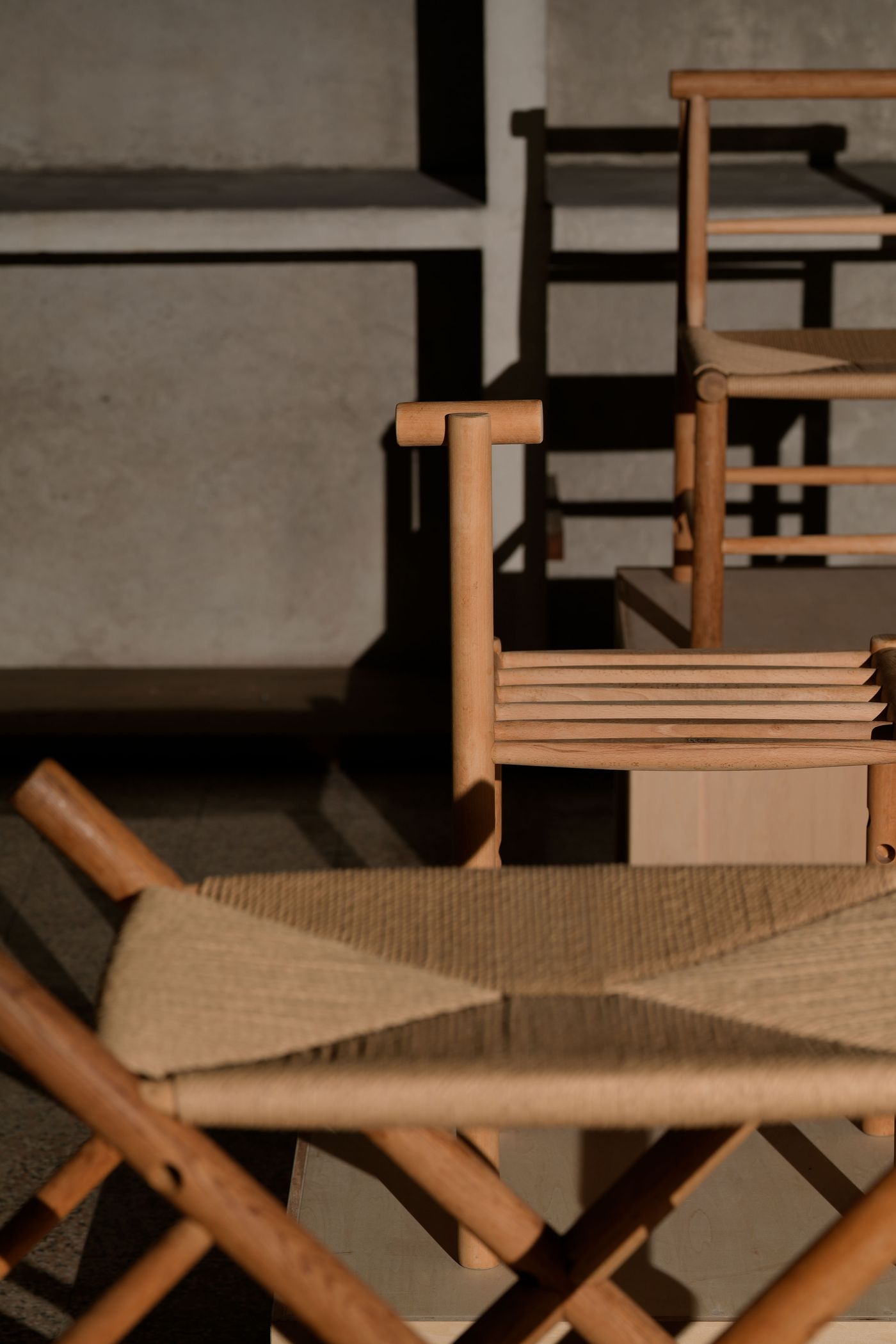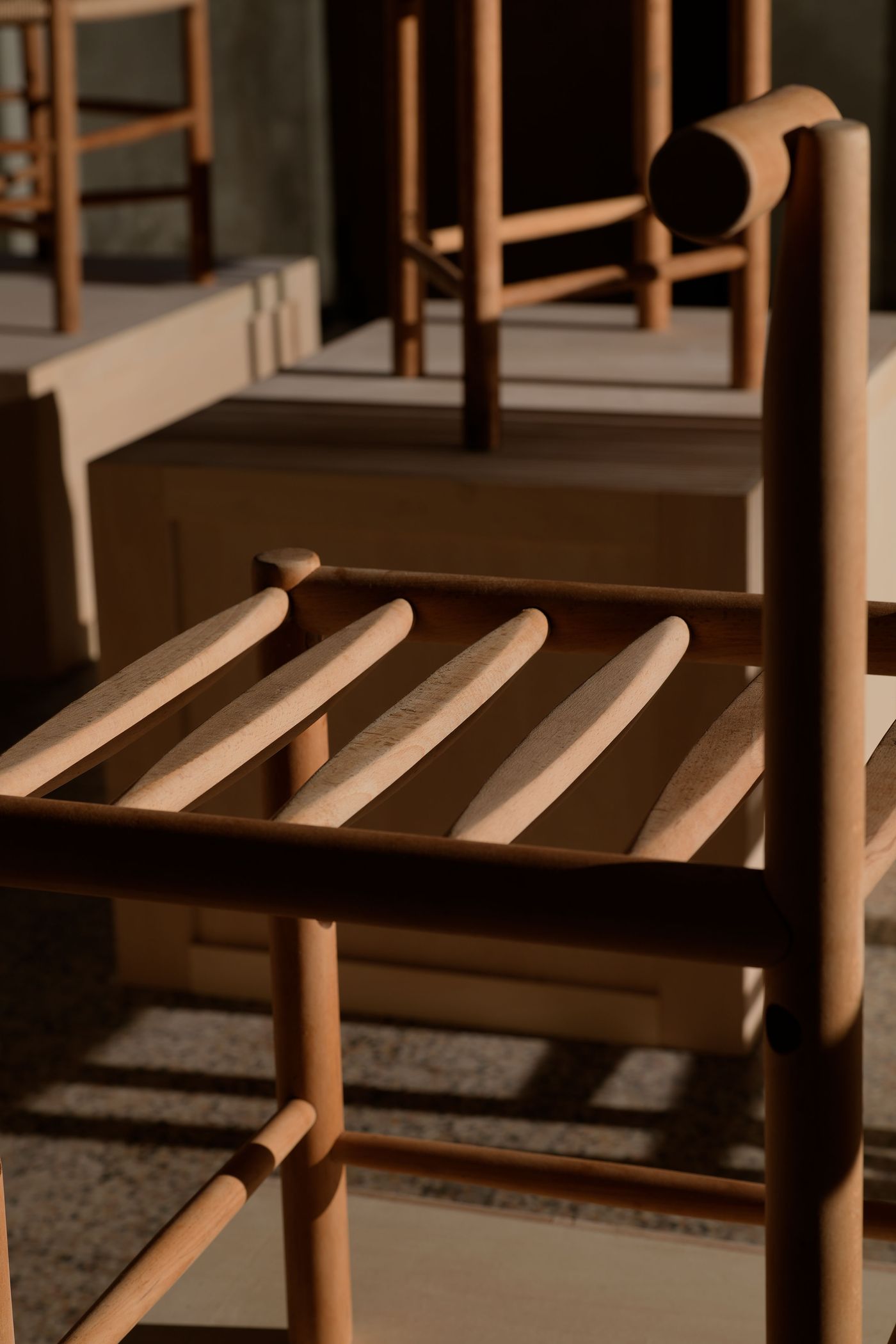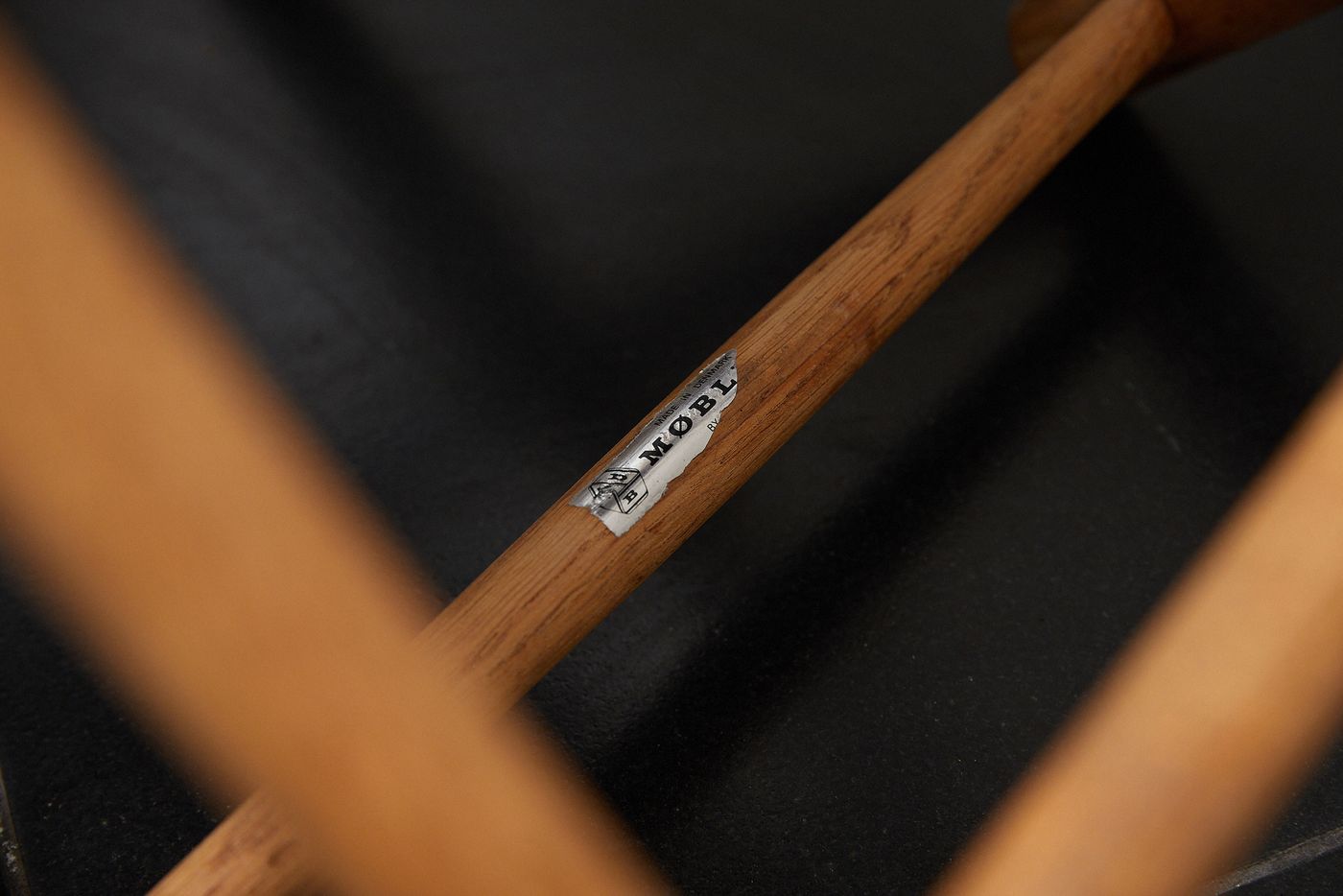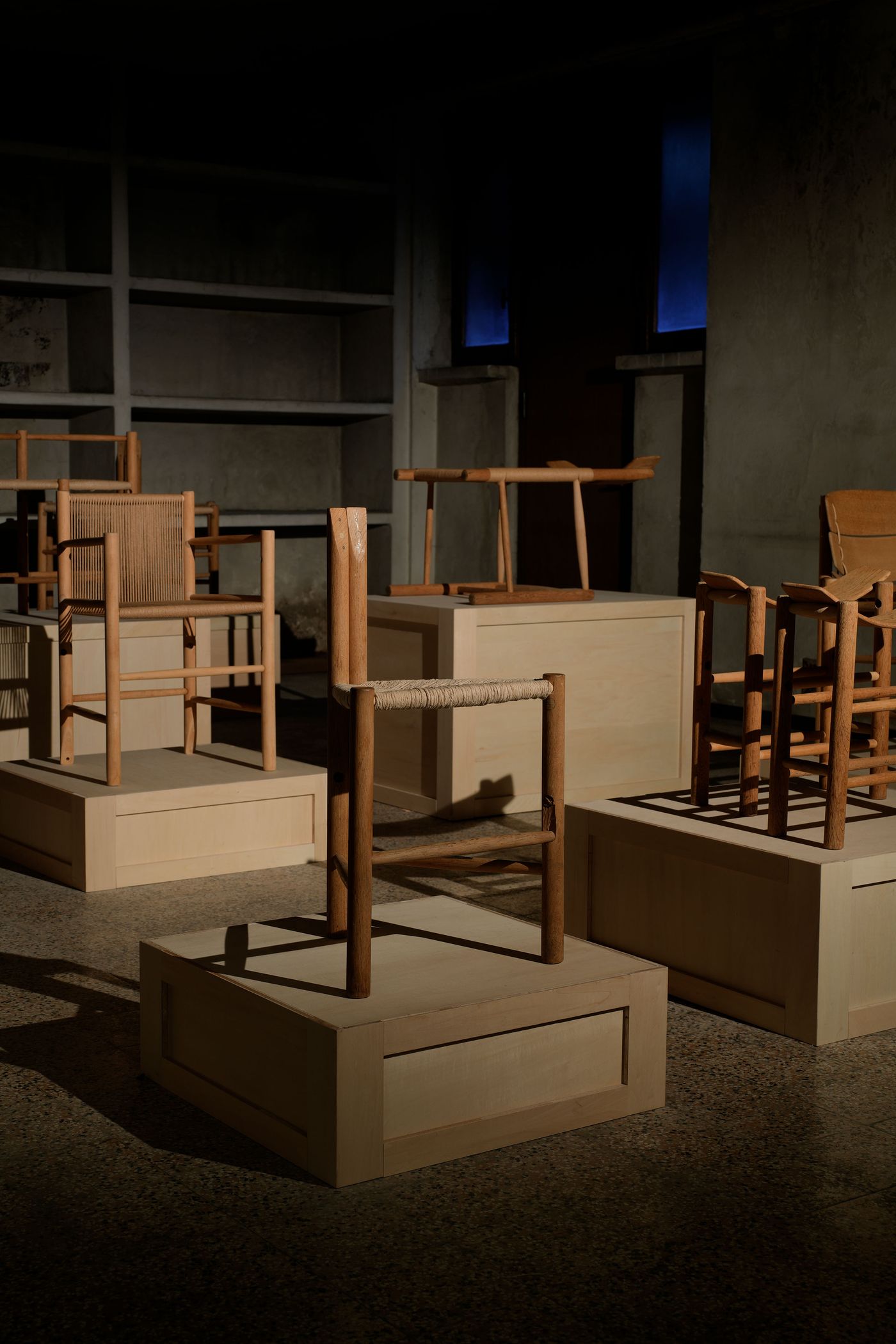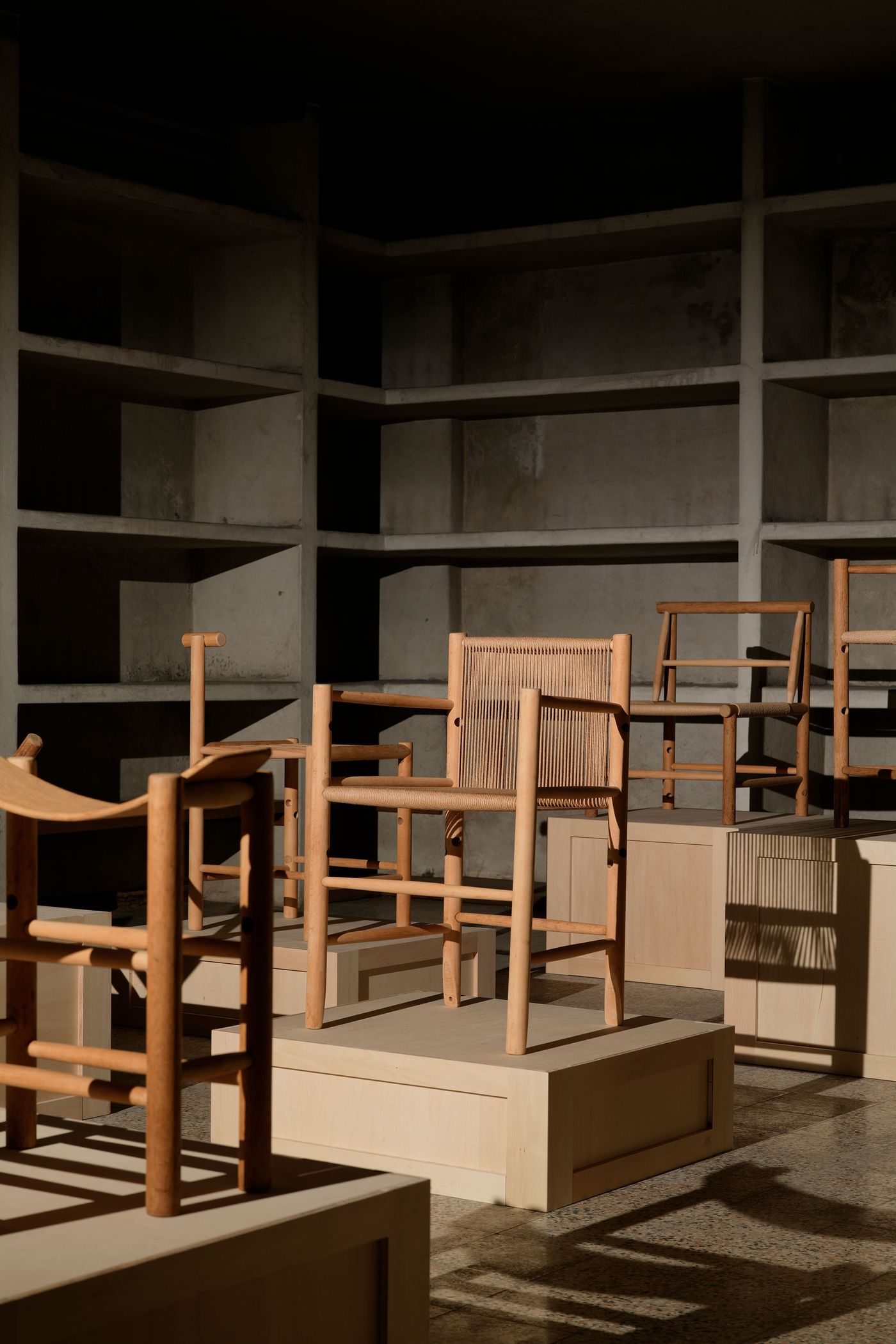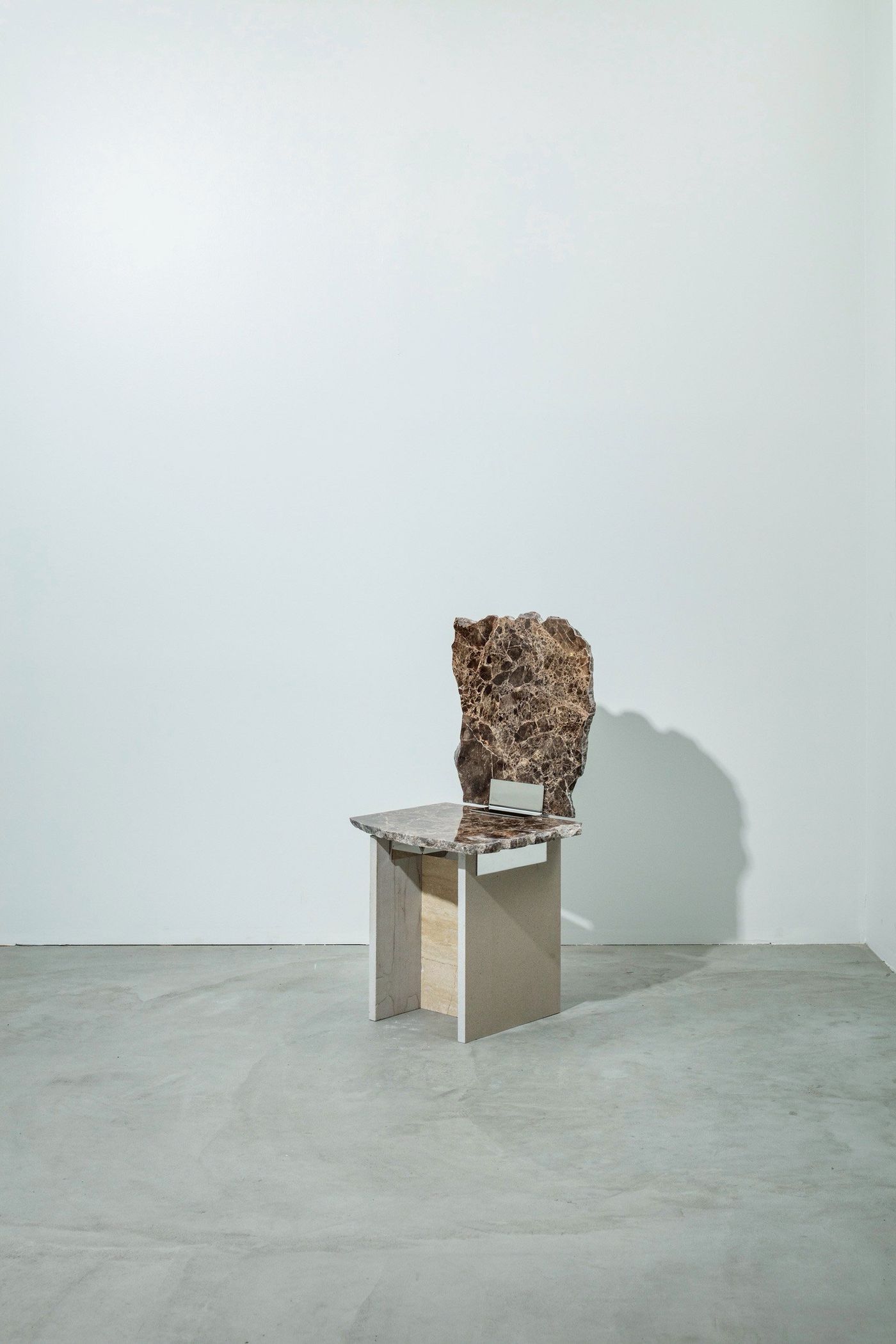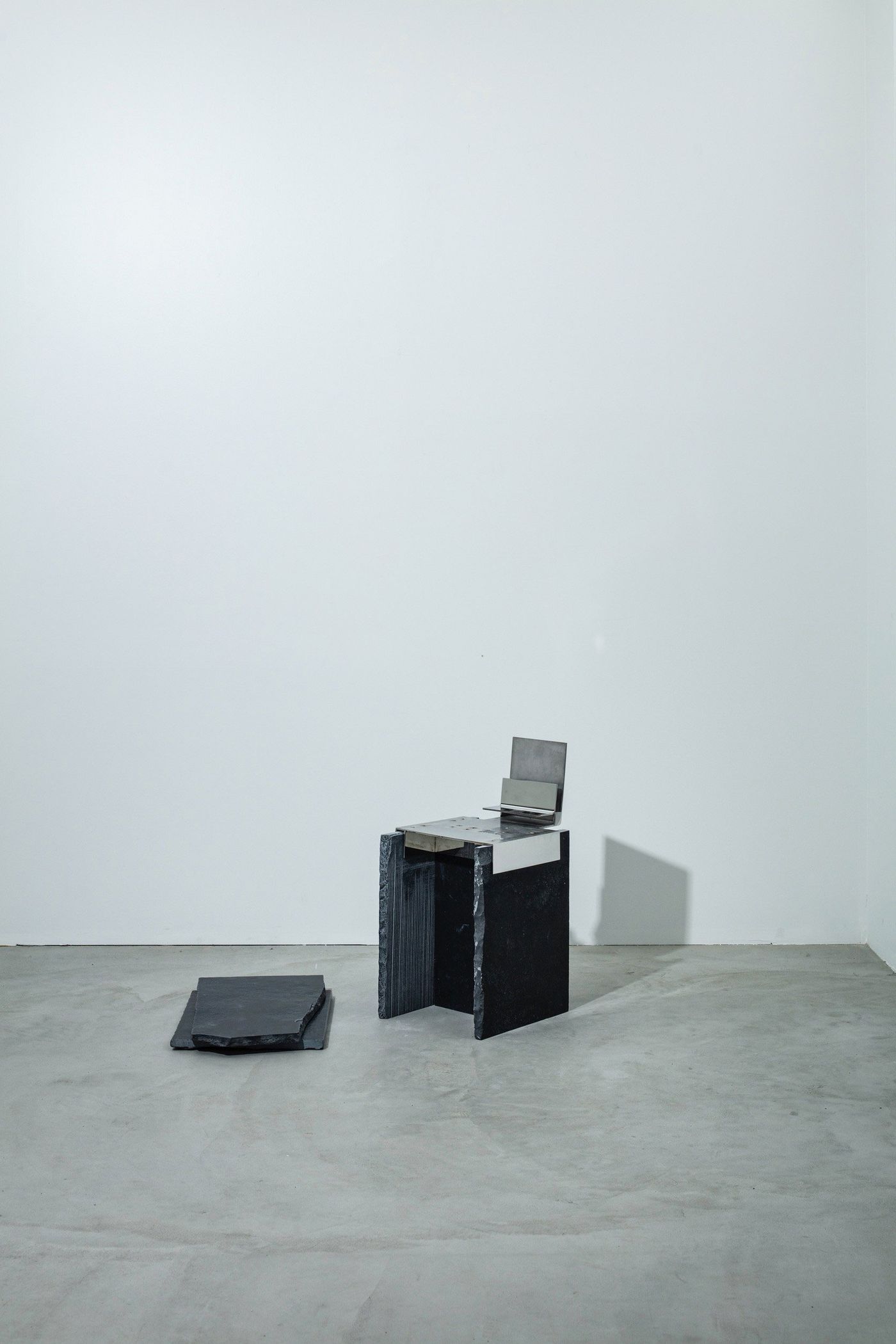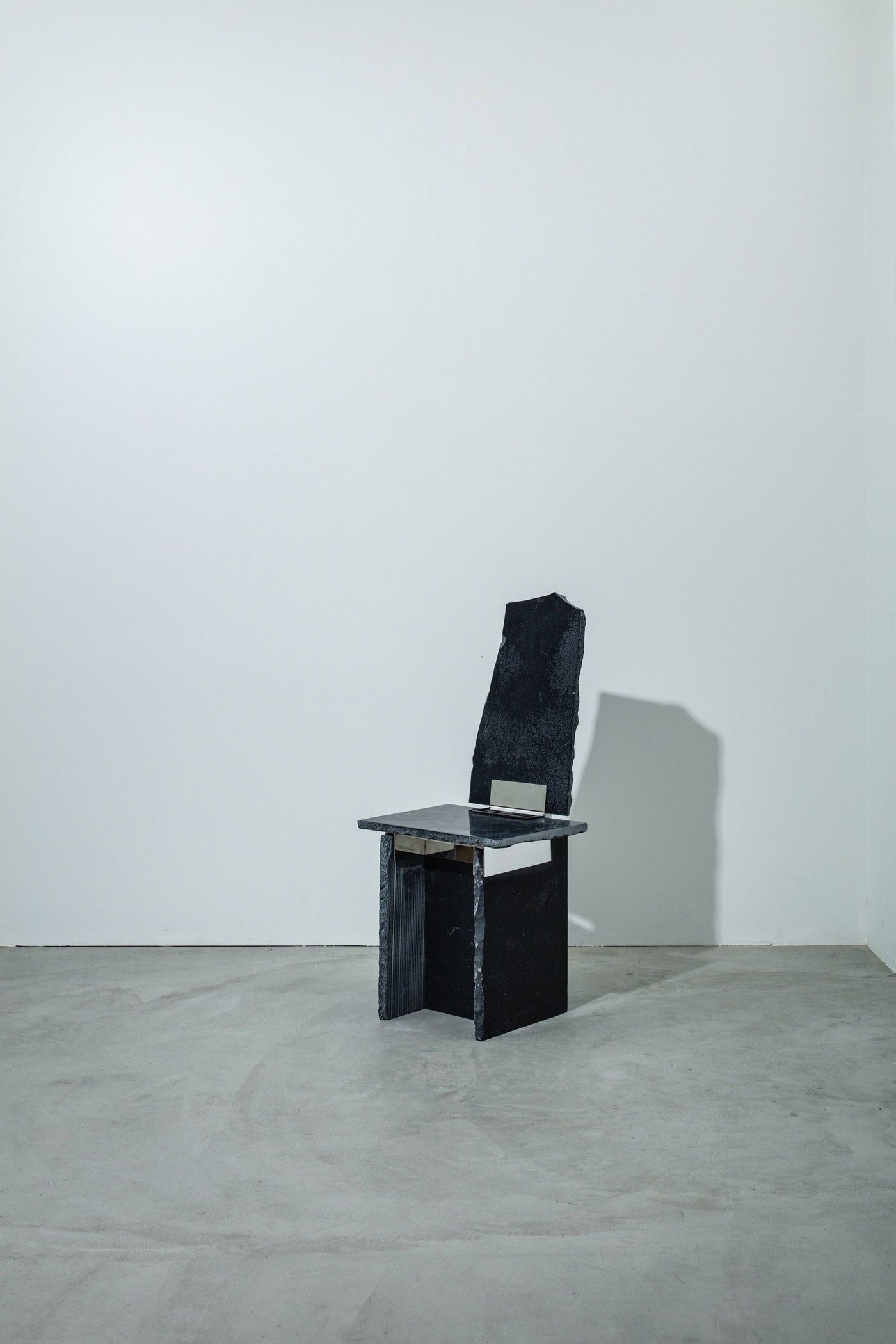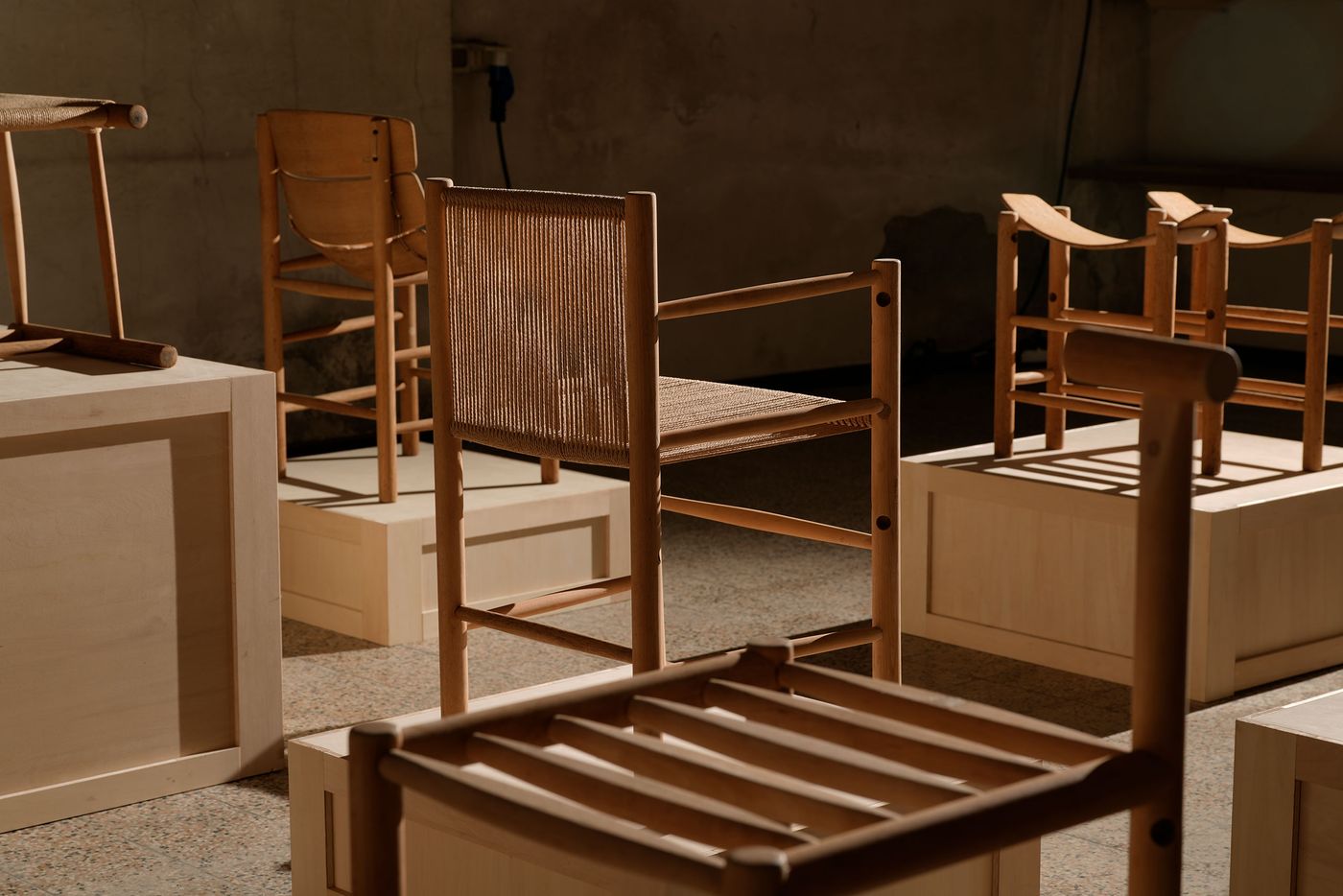
AtMa’s J39.5: A Thoughtful Reincarnation of Børge Mogensen’s People’s Chair
Words by Eric David
Location
Milan, Italy
AtMa’s J39.5: A Thoughtful Reincarnation of Børge Mogensen’s People’s Chair
Words by Eric David
Milan, Italy
Milan, Italy
Location
Upcycling has emerged as a defining trend in the design world, with designers and brands increasingly embracing circular principles to transform discarded and surplus materials into high-quality pieces that fuse sustainability with contemporary aesthetics. The recent Milan Design Week 2025 was a testament to this shift, showcasing a wide range of circular design initiatives that reimagine waste not as a liability, but as something that promises potential. One of the most fascinating projects which caught our eye was J39.5: a thoughtful reincarnation of Børge Mogensen’s iconic J39 chair by Tokyo-based creative studio AtMa inc., which we spotted at Alcova’s presentation at Villa Borsani. Made from radically reconfigured salvaged J39 parts, J39.5 is a meditation on loss and renewal, as much as it is proof that upcycling can be about narrative as well as resourcefulness.
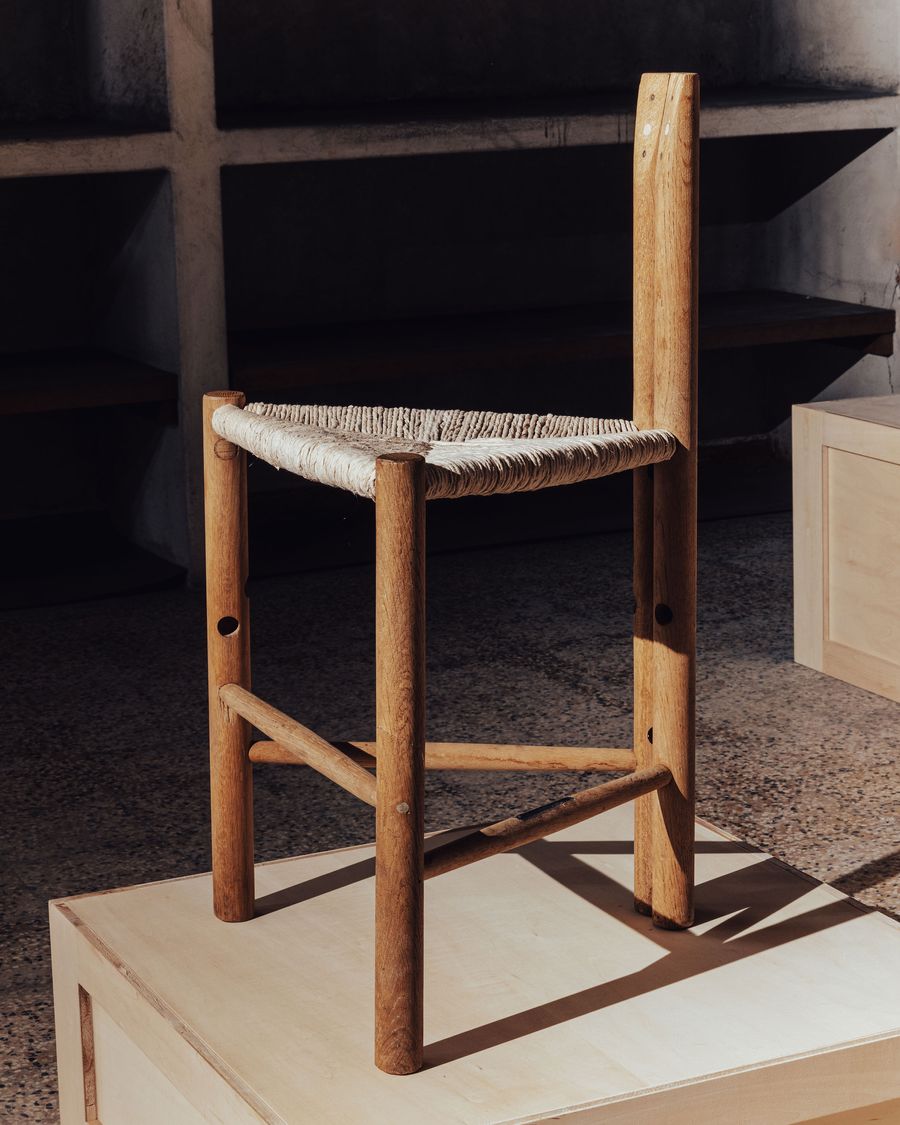
Photography by Piergiorgio Sorgetti.
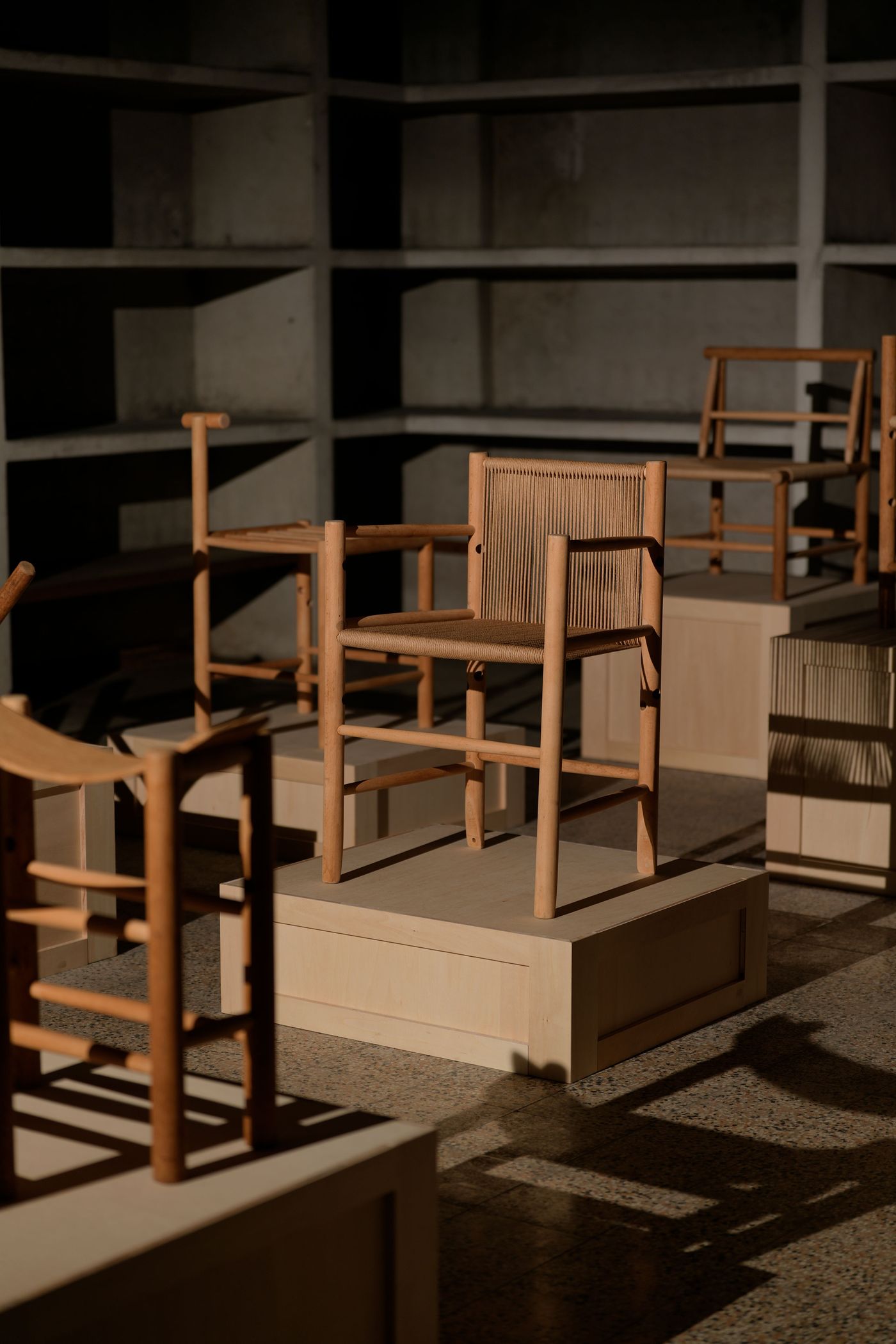
Photography by Shunsuke Watanabe.
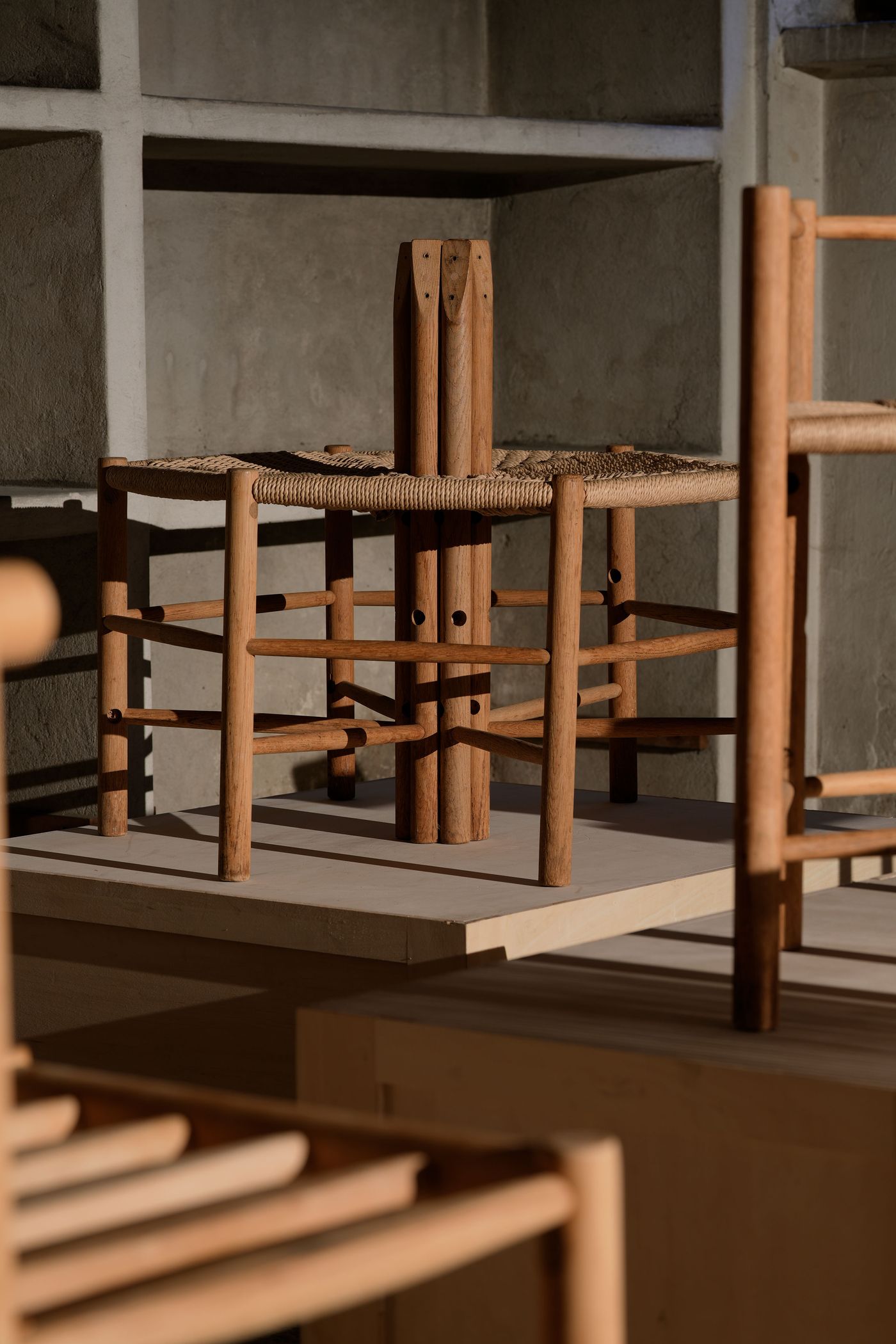
Photography by Shunsuke Watanabe.
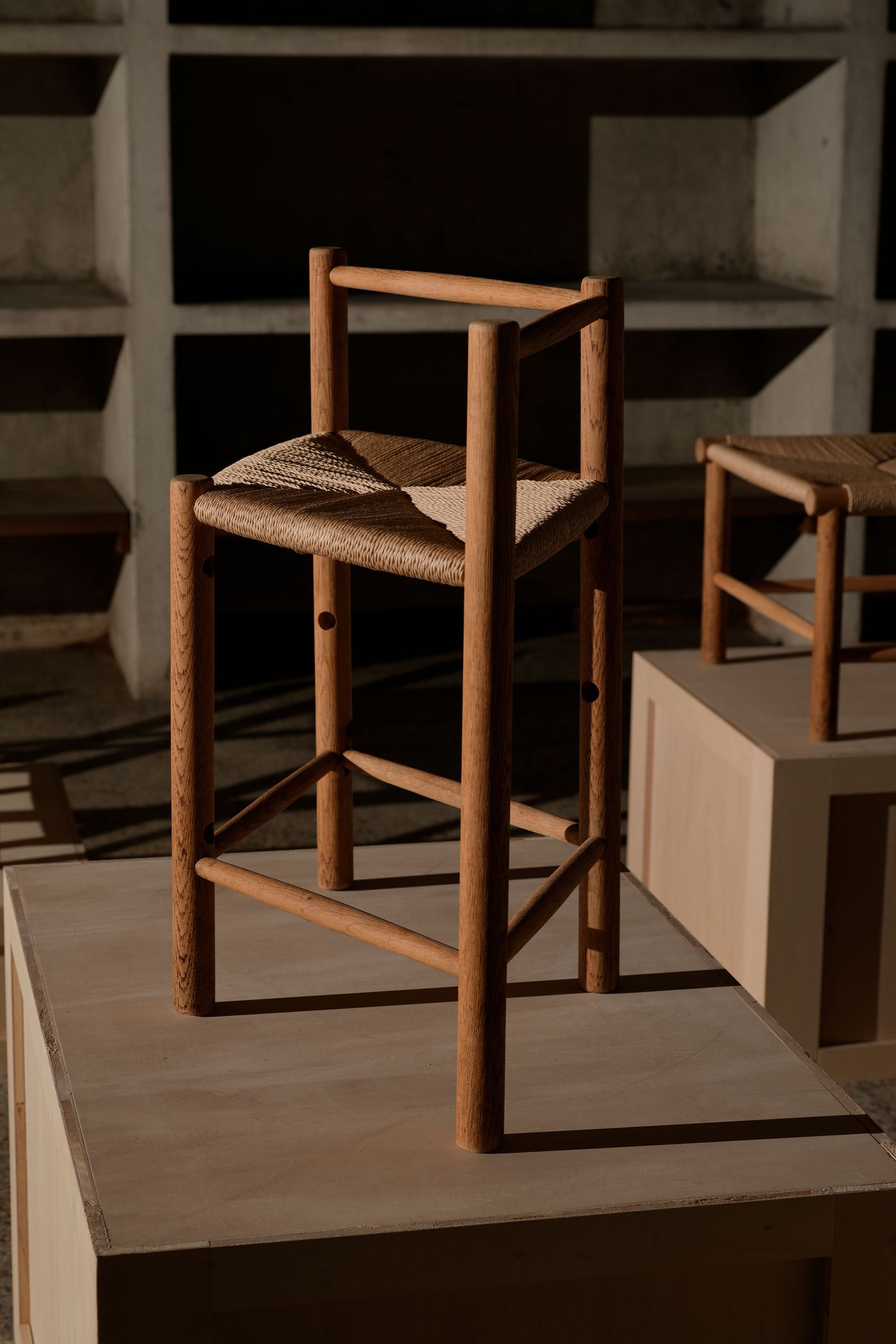
Photography by Shunsuke Watanabe.
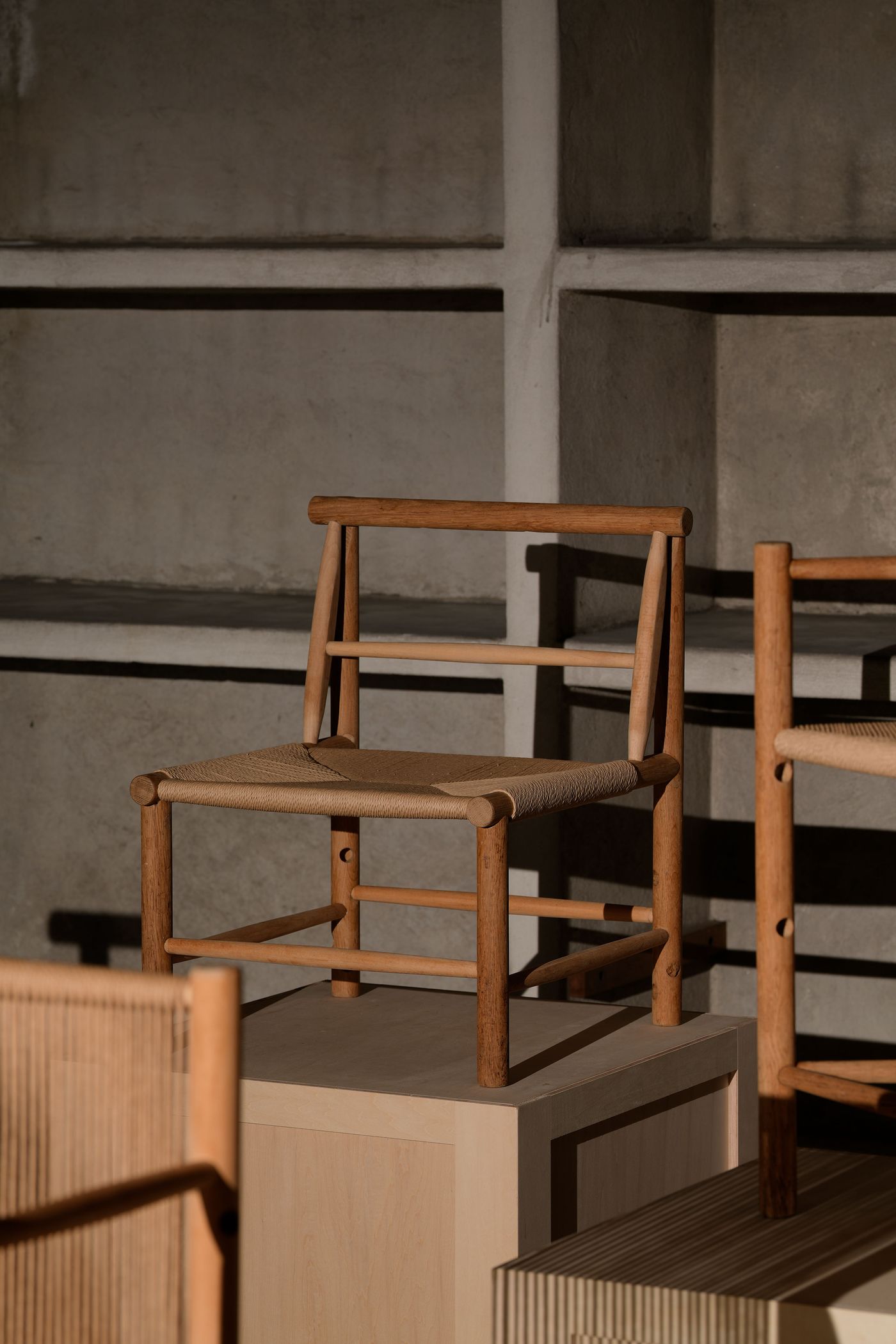
Photography by Shunsuke Watanabe.
For AtMa inc., upcycling isn’t a novelty—it’s a philosophy. Founded in 2013 by interior designer Makoto Suzuki and artist Ayumi Koyama, the Tokyo-based studio operates at the intersection of spatial design, artistic expression, and social engagement. In addition to crafting imaginative retail spaces, restaurant interiors, and visual merchandising concepts, AtMa actively develops self-initiated projects that respond to broader social issues.
One such initiative is RECLAIMED FURNITURE, an ongoing exploration into how materials traditionally discarded by conventional design processes can be transformed into new typologies and narratives. What began as curiosity during visits to factories and warehouses, where offcuts and broken parts languished in forgotten piles, has since grown into a methodical practice of reconstructing and recontextualising objects, blending aesthetic ingenuity with ecological intent.
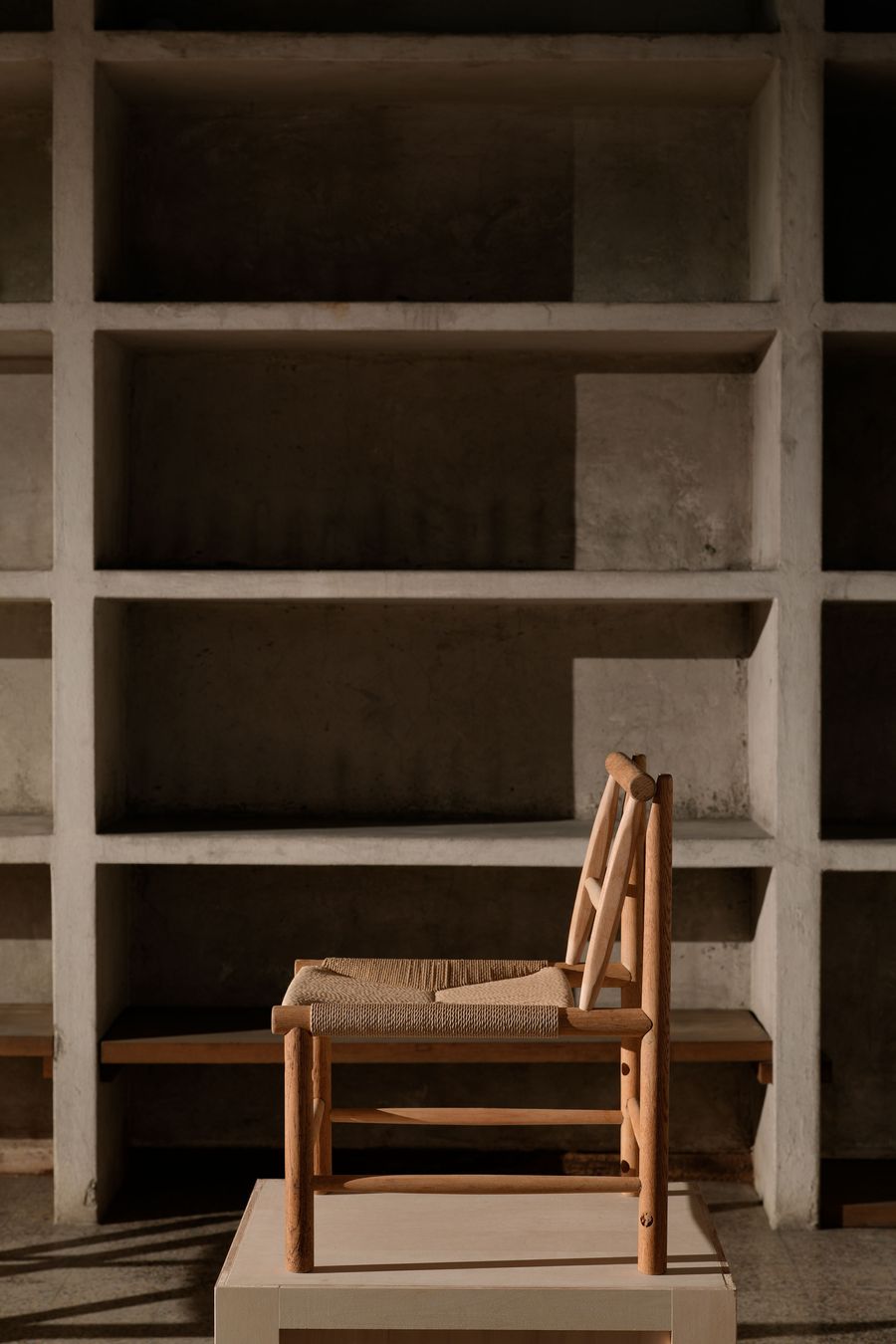
Photography by Shunsuke Watanabe.
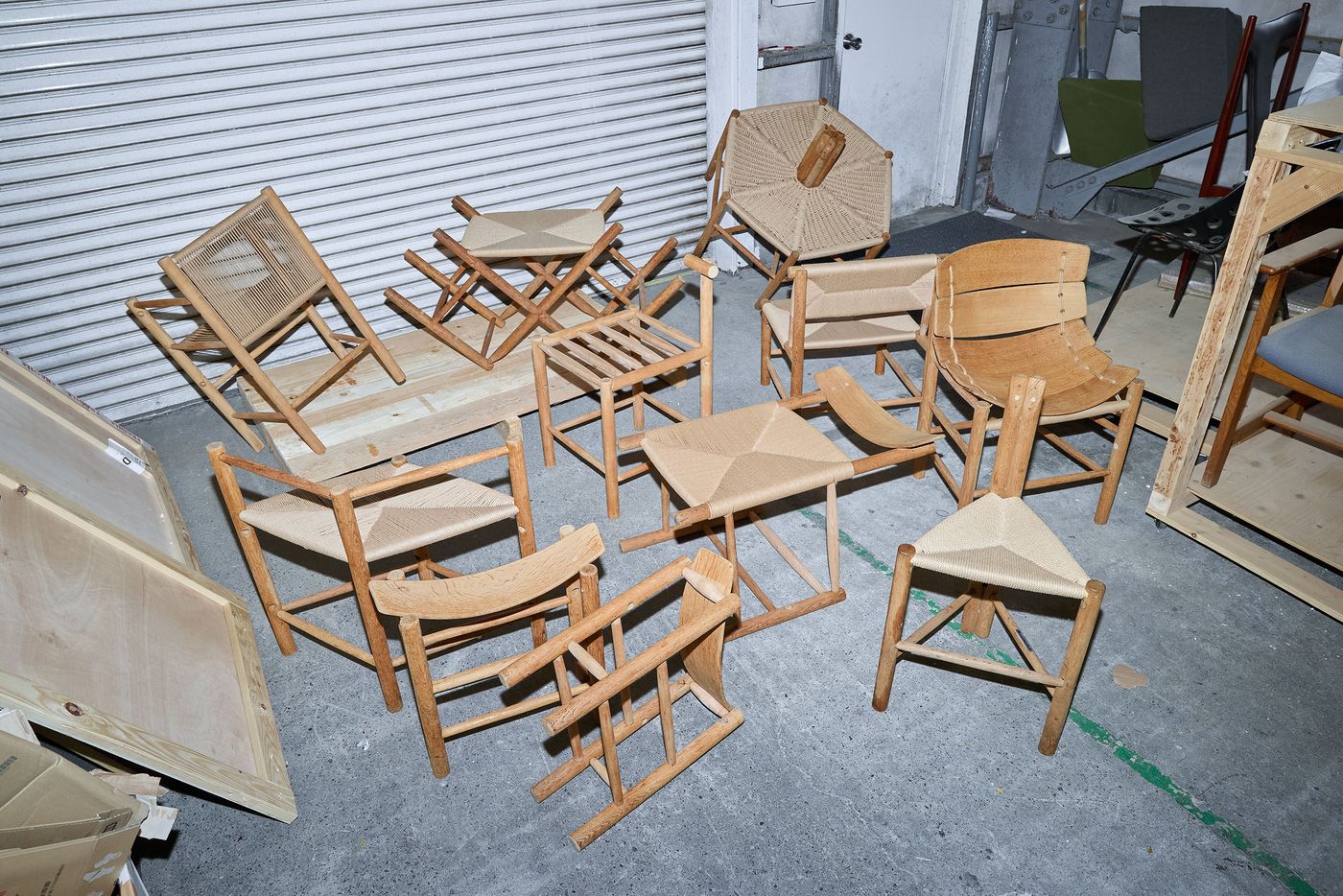
Photography by Koji Ueda.
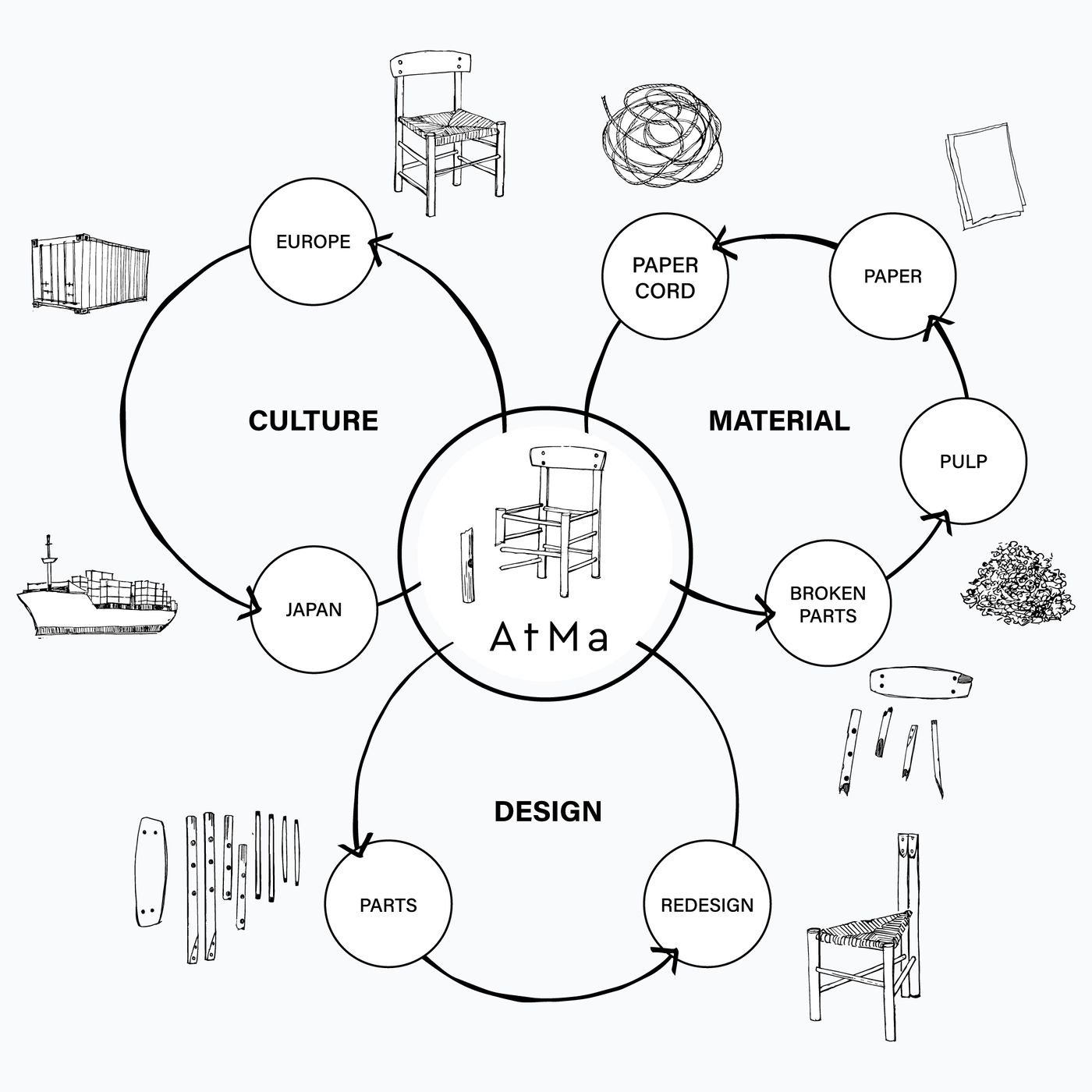
Circularity, craft, and cross-cultural design. AtMa’s chair project bridges Europe and Japan through reclaimed materials and thoughtful reinvention.

Photography by Koji Ueda.
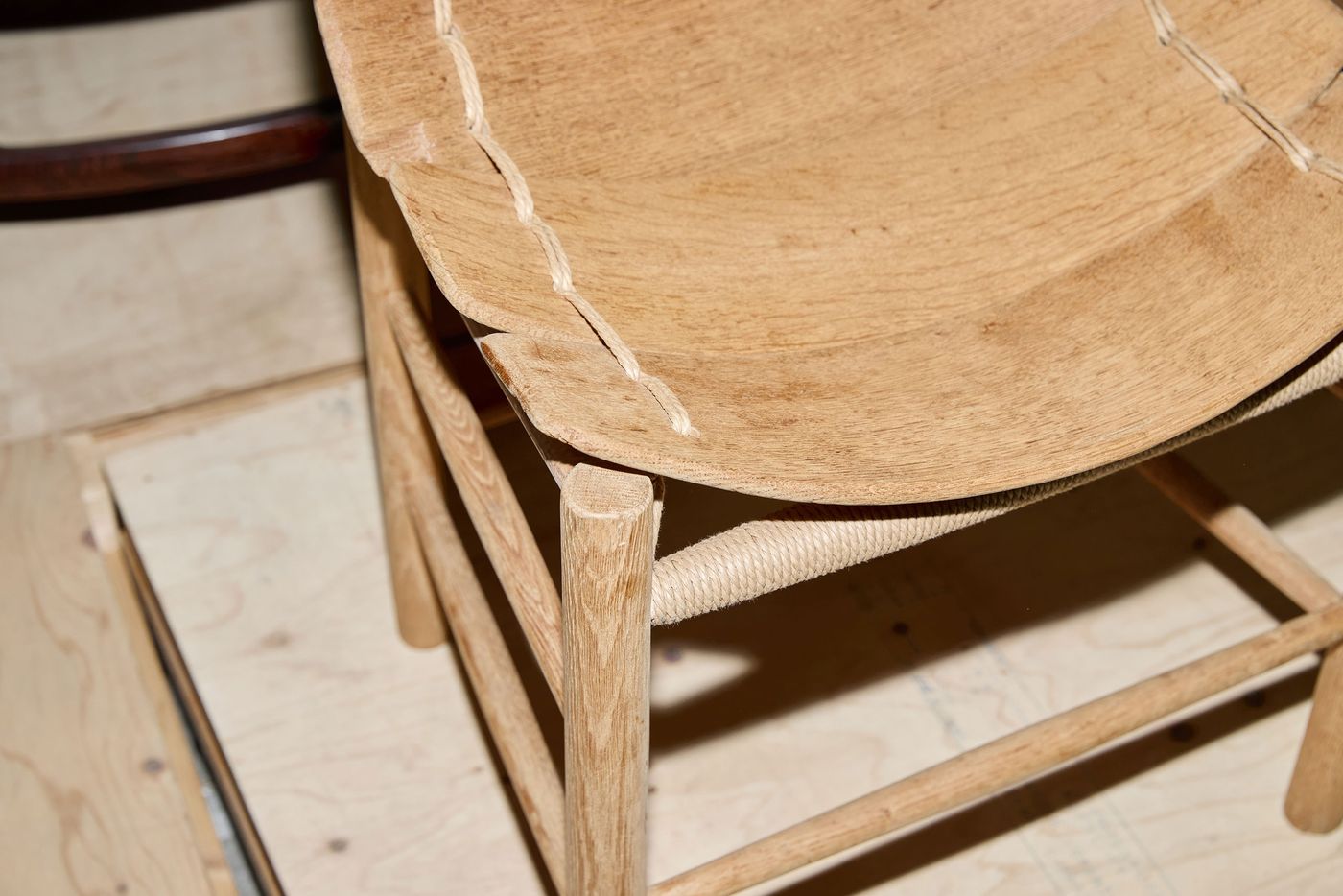
Photography by Koji Ueda.
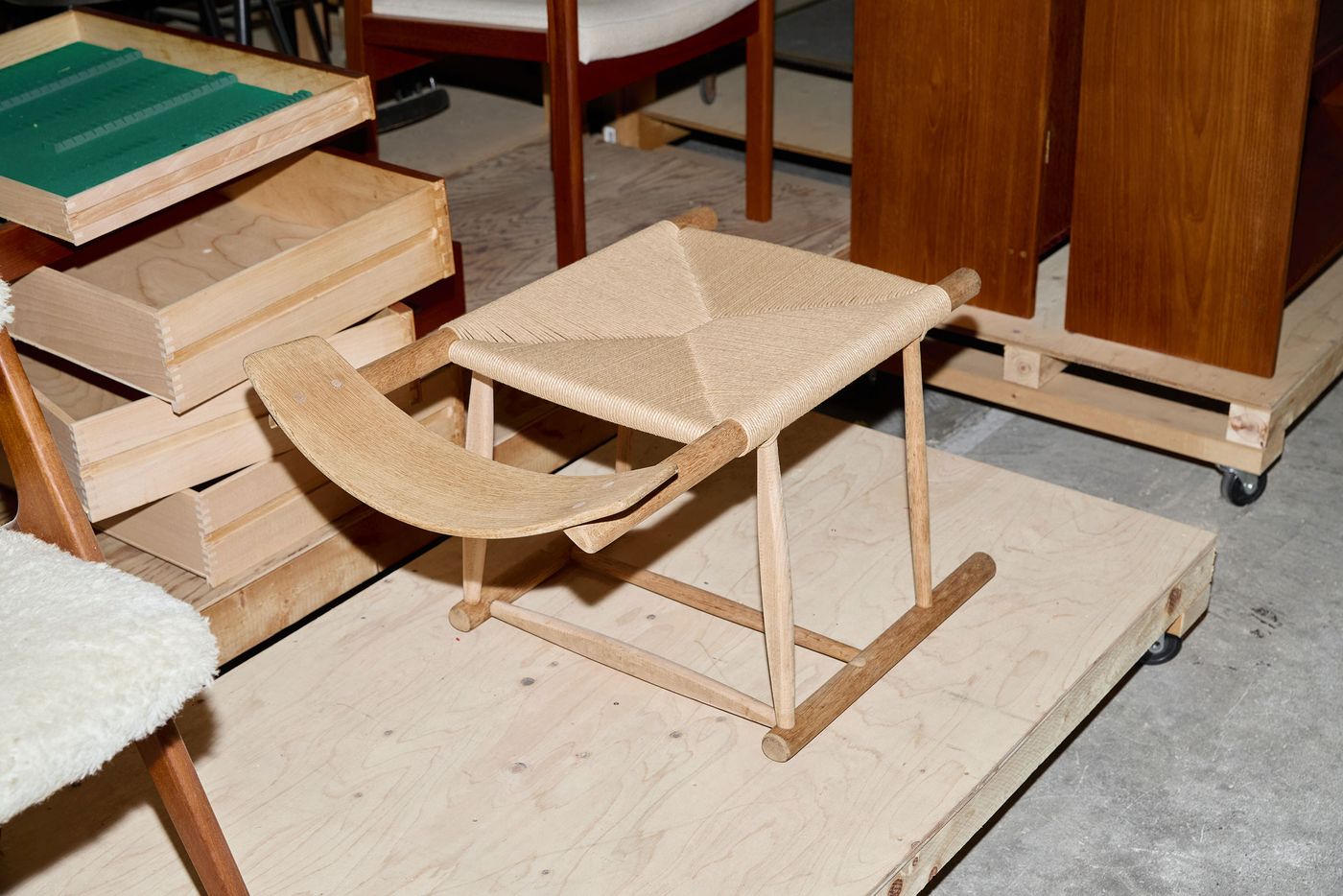
Photography by Koji Ueda.
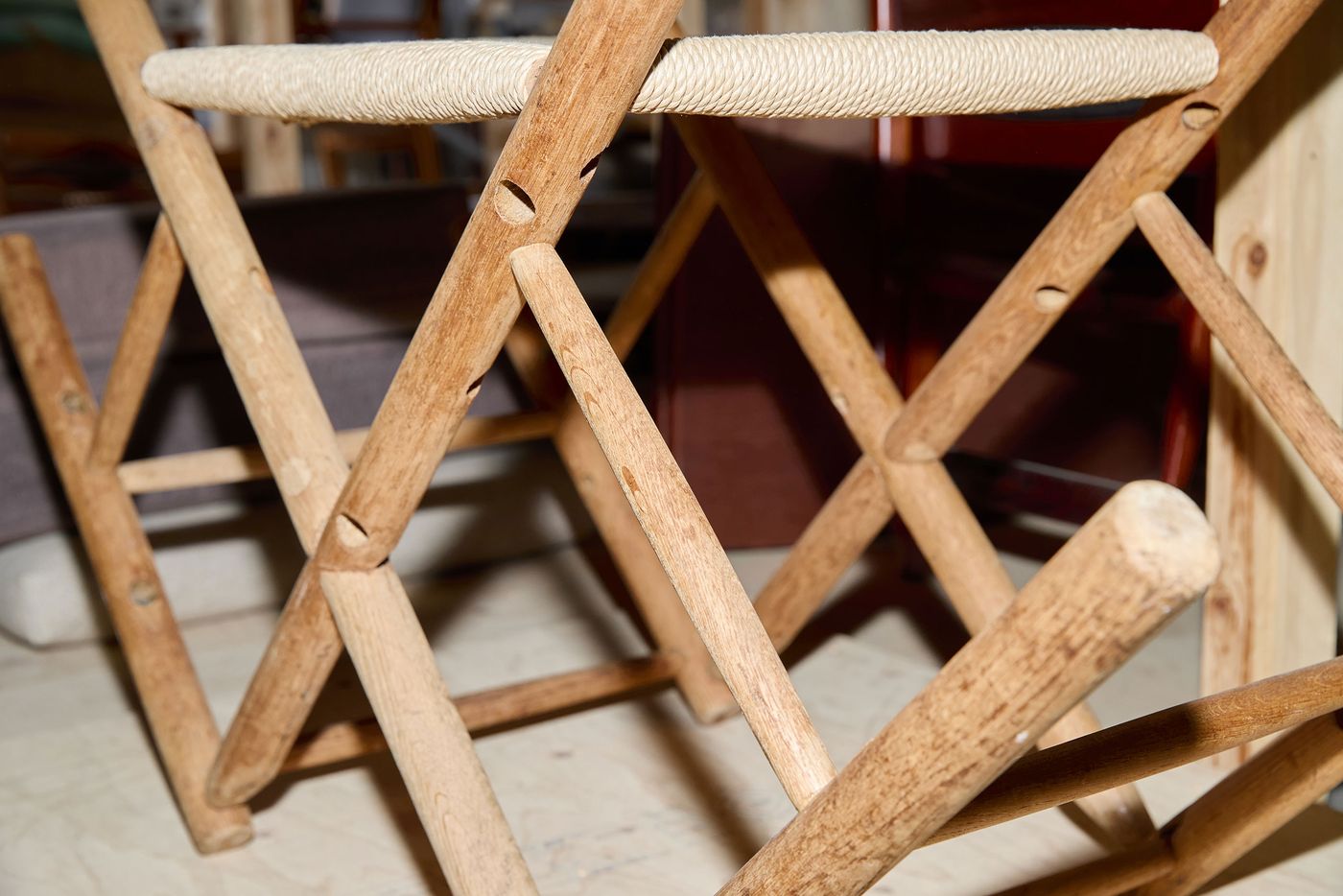
Photography by Koji Ueda.
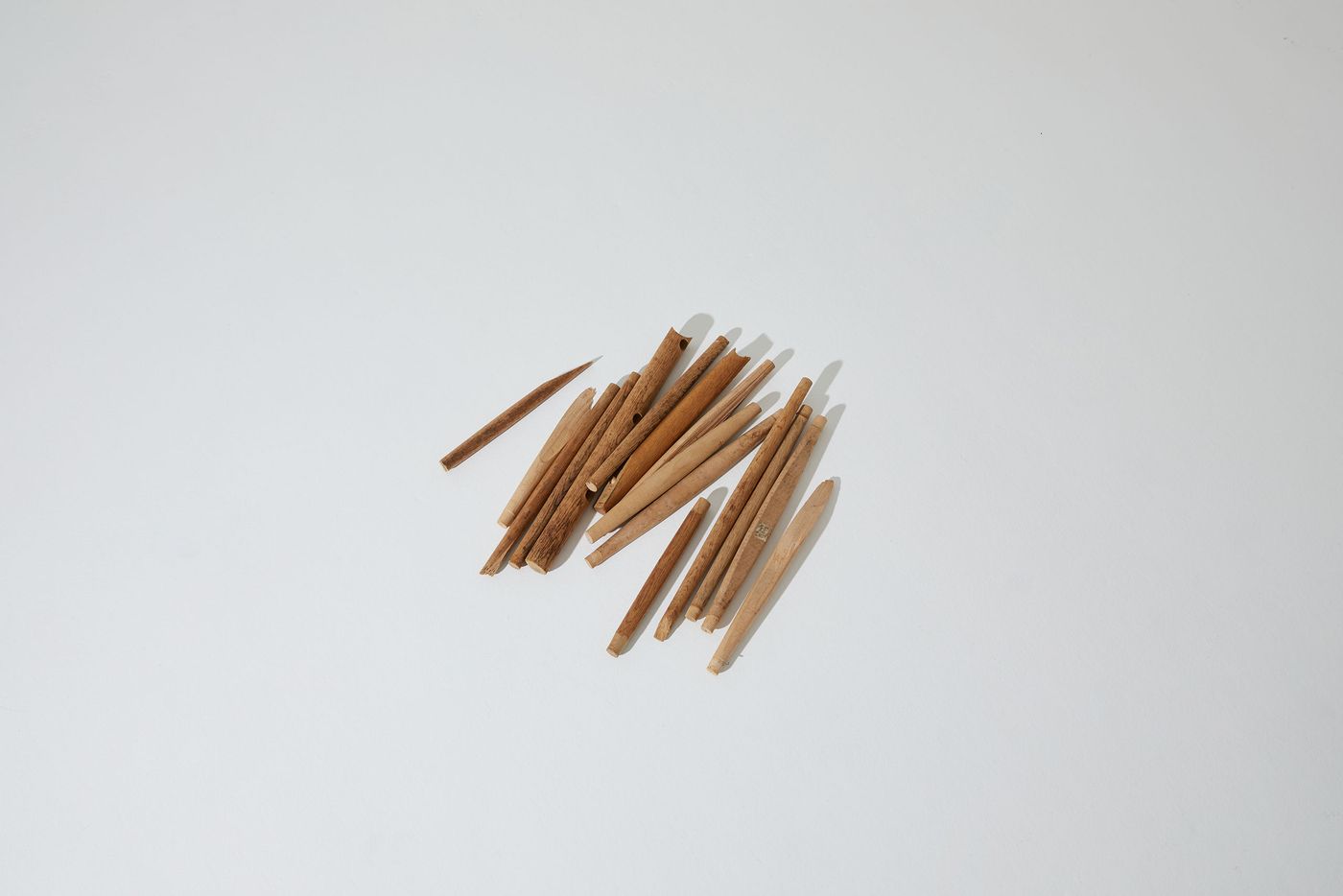
Photography by Koji Ueda.
It was during one such scavenging expedition that the seed of J39.5 was planted. AtMa came across a damaged J39 chair, its leg missing and backrest cracked, languishing among other wounded relics of mid-century craftsmanship. Designed in 1947 by Børge Mogensen for the Danish cooperative FDB Møbler, the original J39, dubbed the “People’s Chair”, was itself an ode to honest functionality. Inspired by Shaker furniture, Mogensen imbued the J39 with a quiet modesty and democratic ethos: a solid wood frame, usually either made from oak or beech, and a woven paper cord seat, resulting in a chair that could grace both rural homes and urban galleries.
AtMa’s response was not to replicate or repair but to rethink. They retained the surviving components, reconfigured them into new compositions, and called the result J39.5 (the “point five” signalling a shift in perspective rather than a half-finished version). In some chairs, the leg becomes the seat. In others, remnants are recast into raw material: broken wood is pulverised, strained into pulp, and then twisted into new paper cord. Nothing is added; only repositioned or reincarnated. Though the original components change form, they still constitute the same chair, embodying a full-circle transformation. The brilliance of J39.5 lies not only in its quiet aesthetics, but in the attitude it embodies. In a culture often obsessed with pristine perfection and sleek newness, AtMa often finds dignity in imperfection and recovery.

Photography by Koji Ueda.
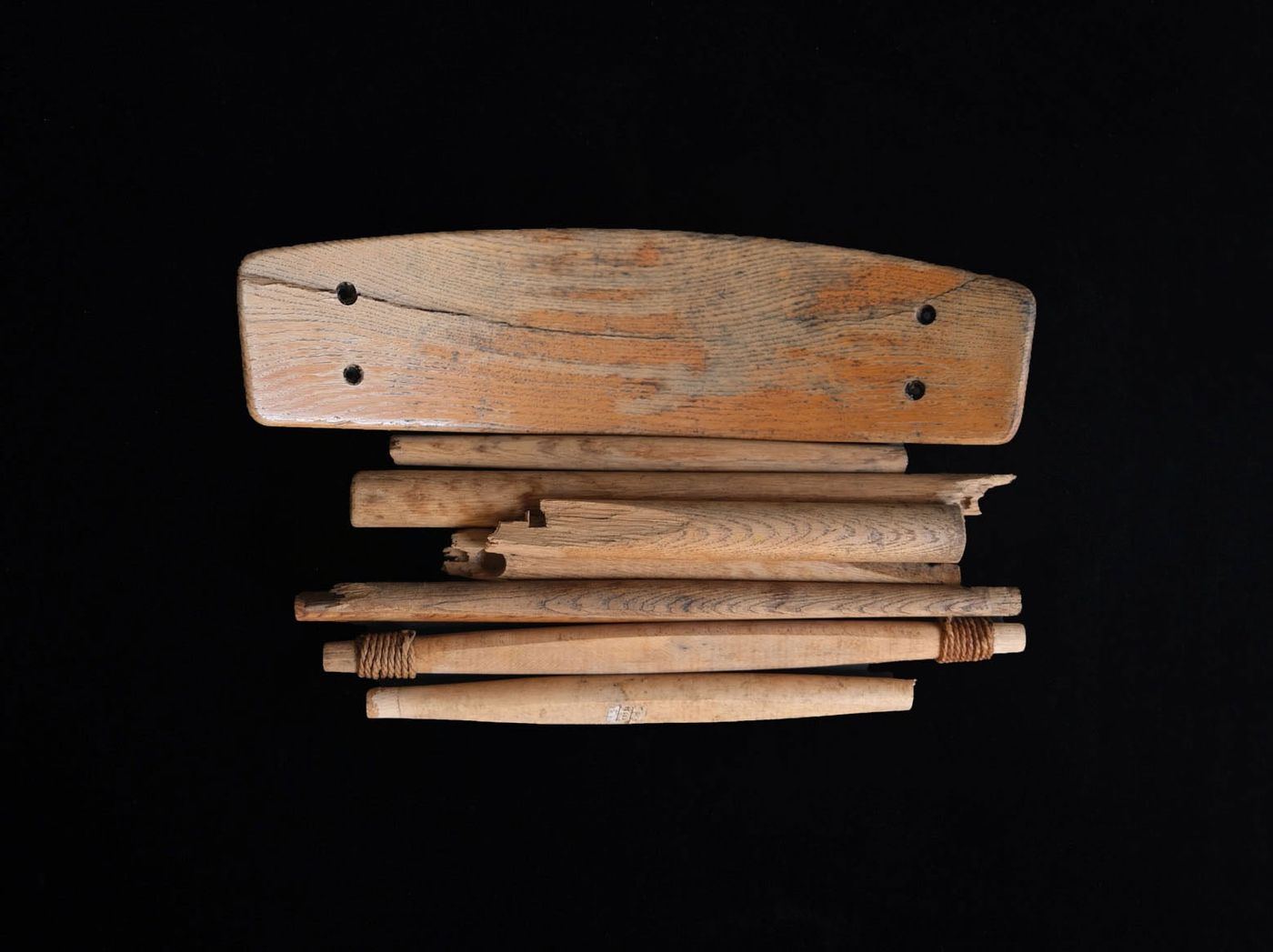
Photography by Koji Ueda.
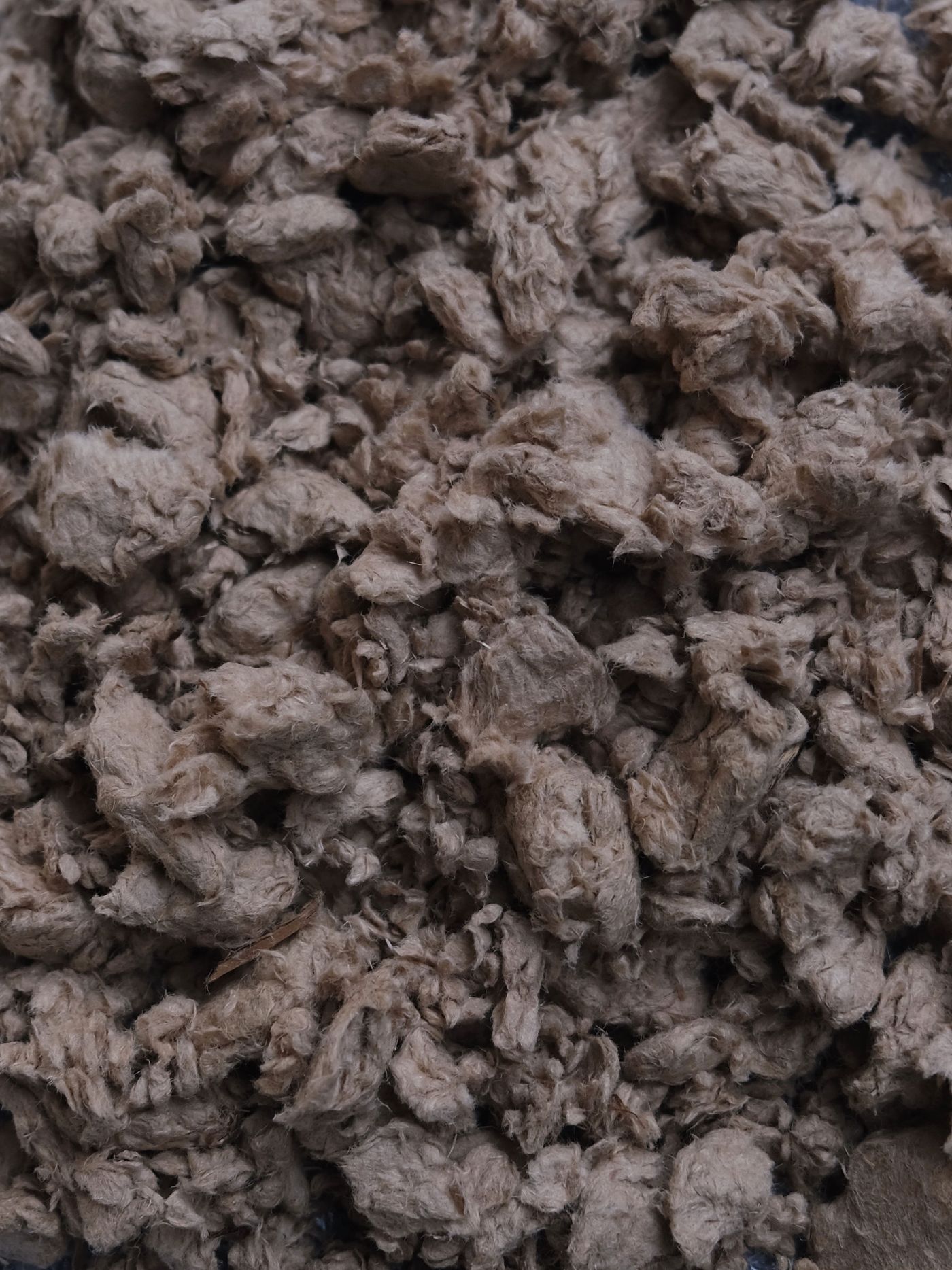
Courtesy of AtMa inc.
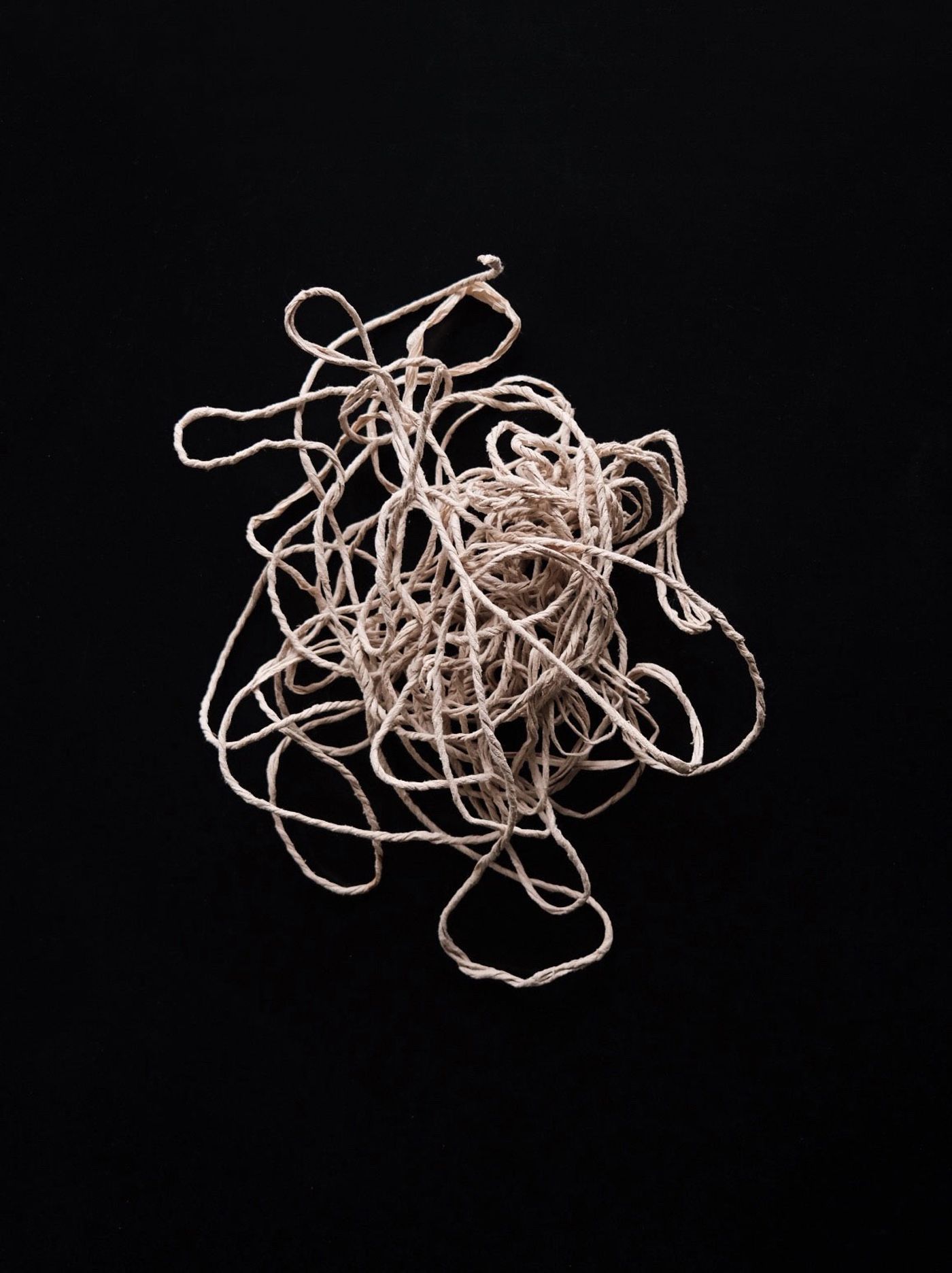
Courtesy of AtMa inc.

Courtesy of AtMa inc.

Photography by Shunsuke Watanabe.
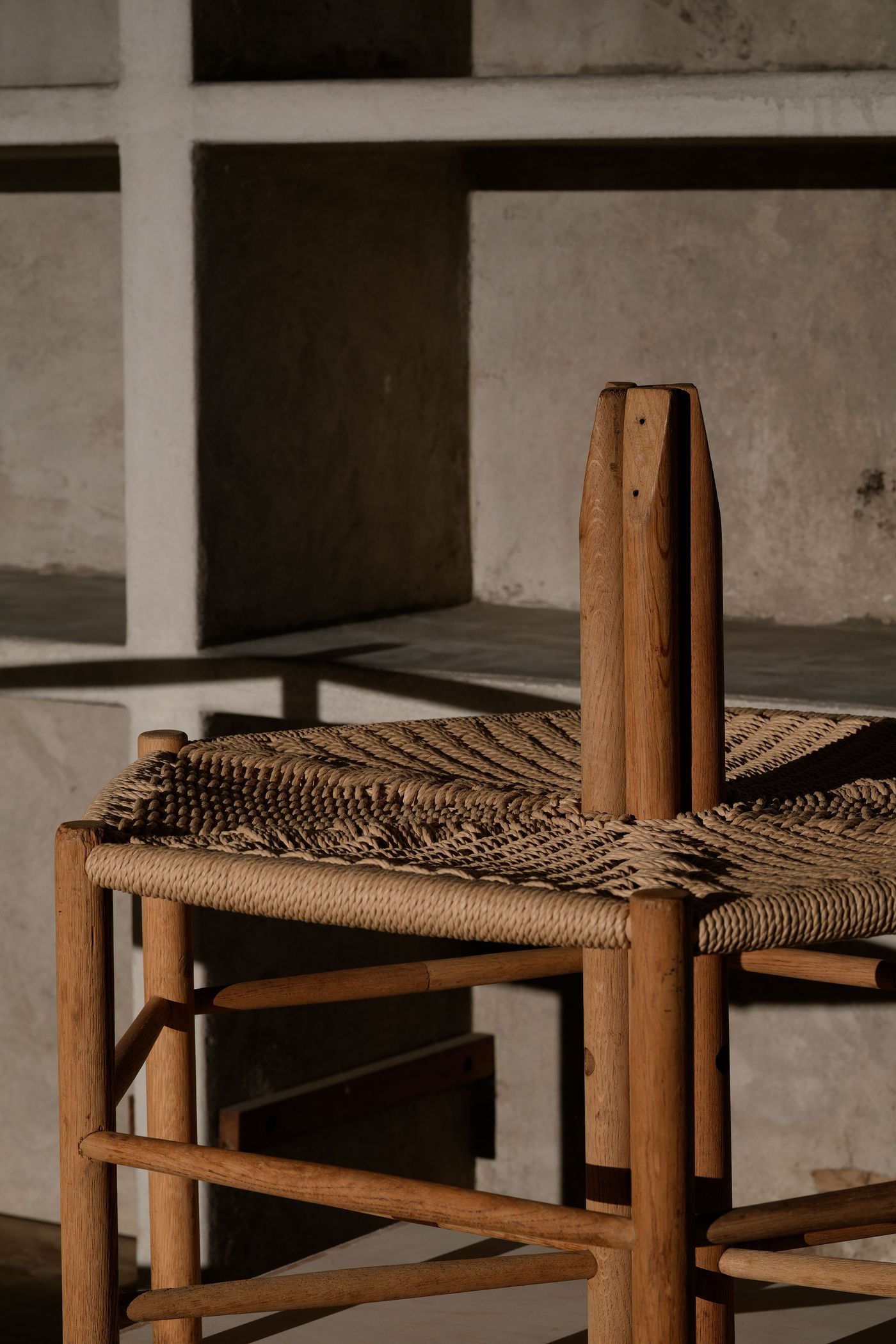
Photography by Shunsuke Watanabe.
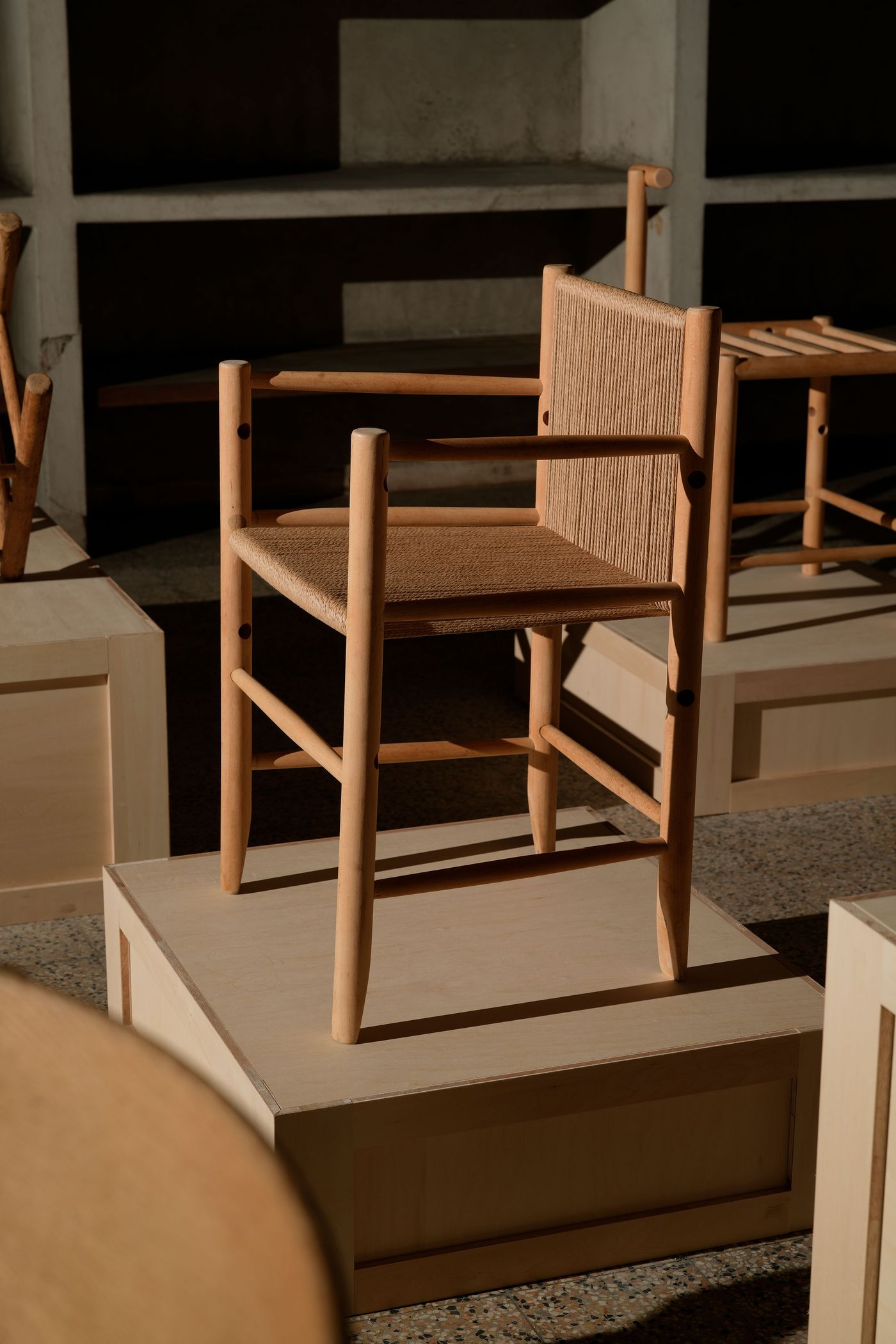
Photography by Shunsuke Watanabe.
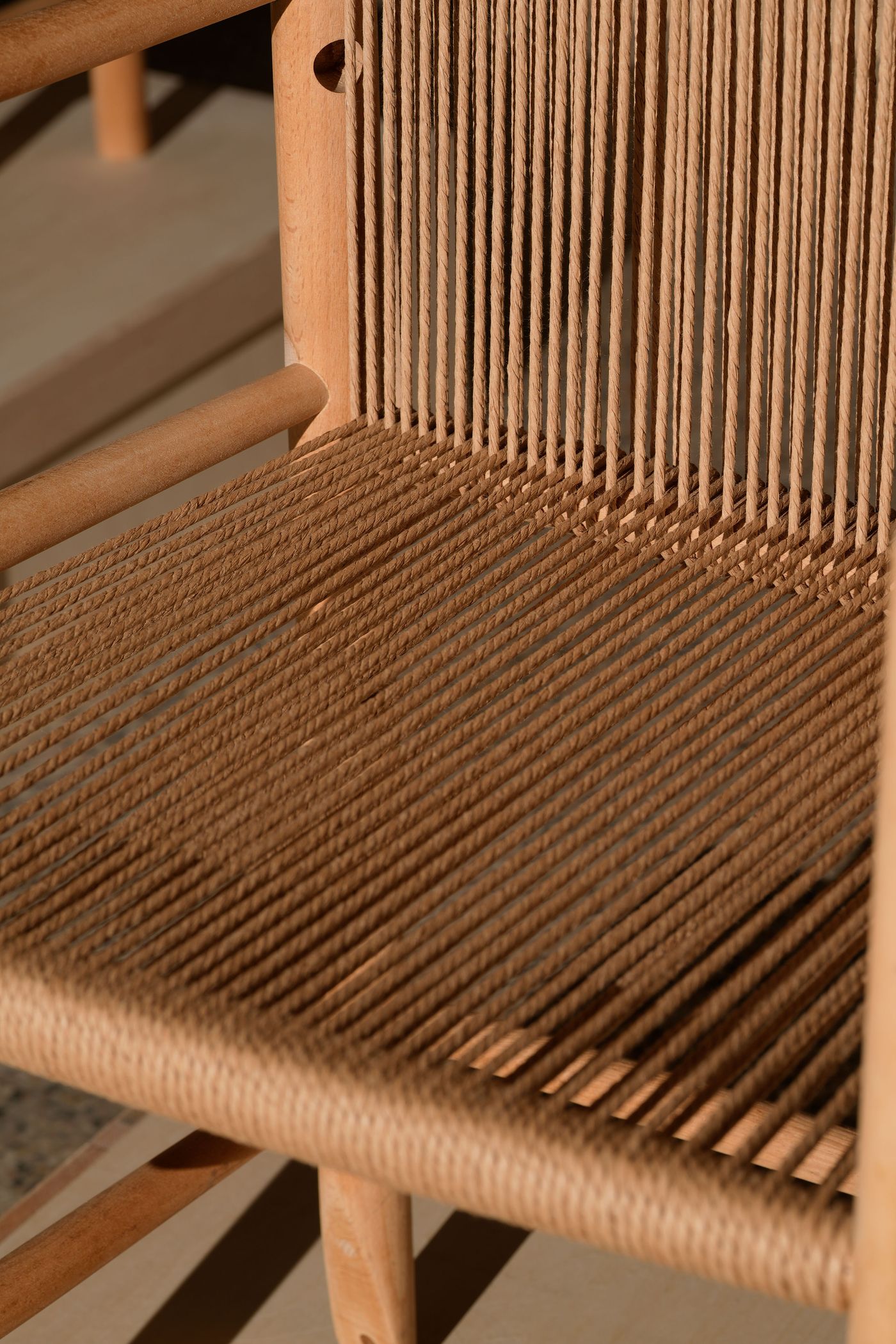
Photography by Shunsuke Watanabe.
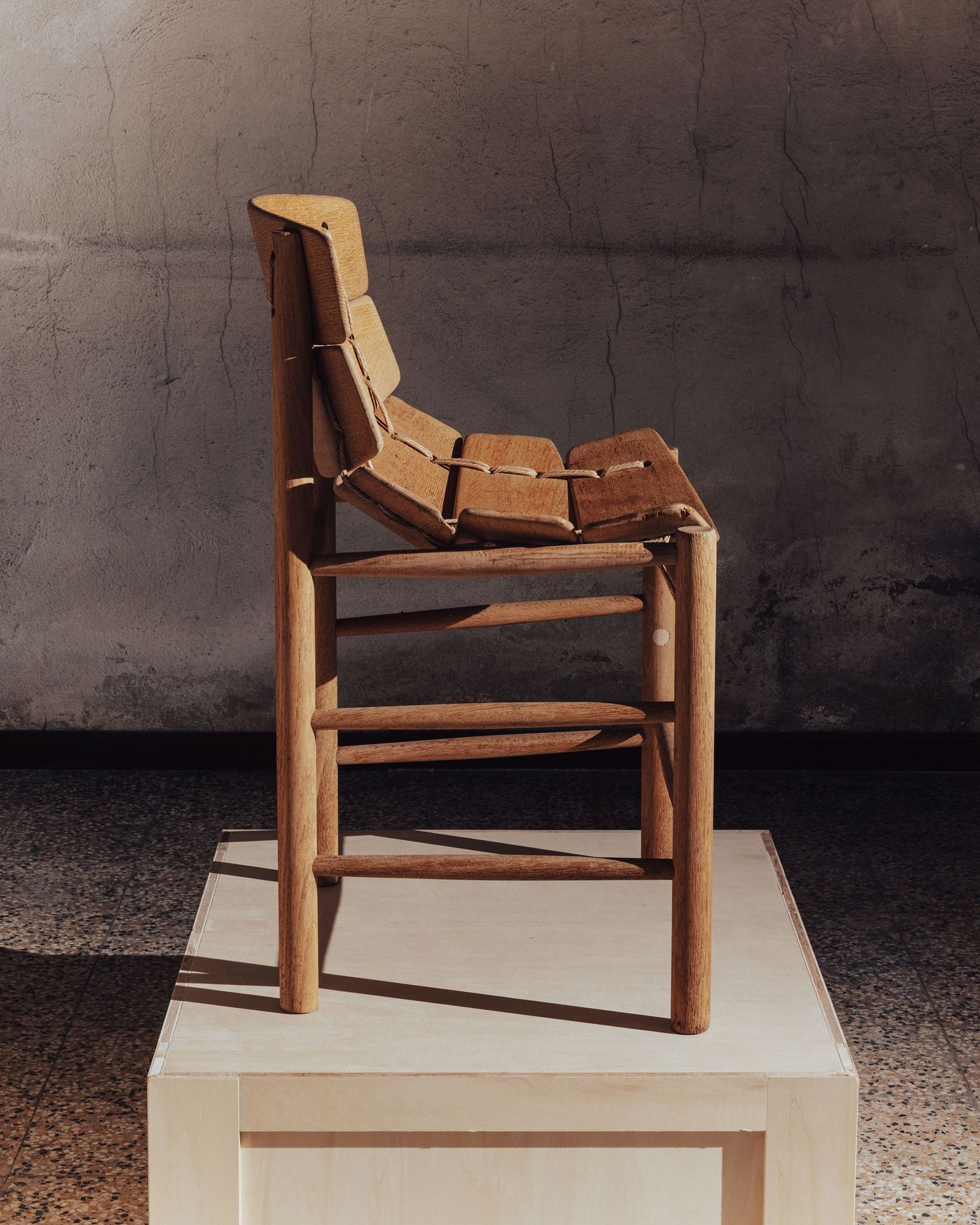
Photography by Piergiorgio Sorgetti.
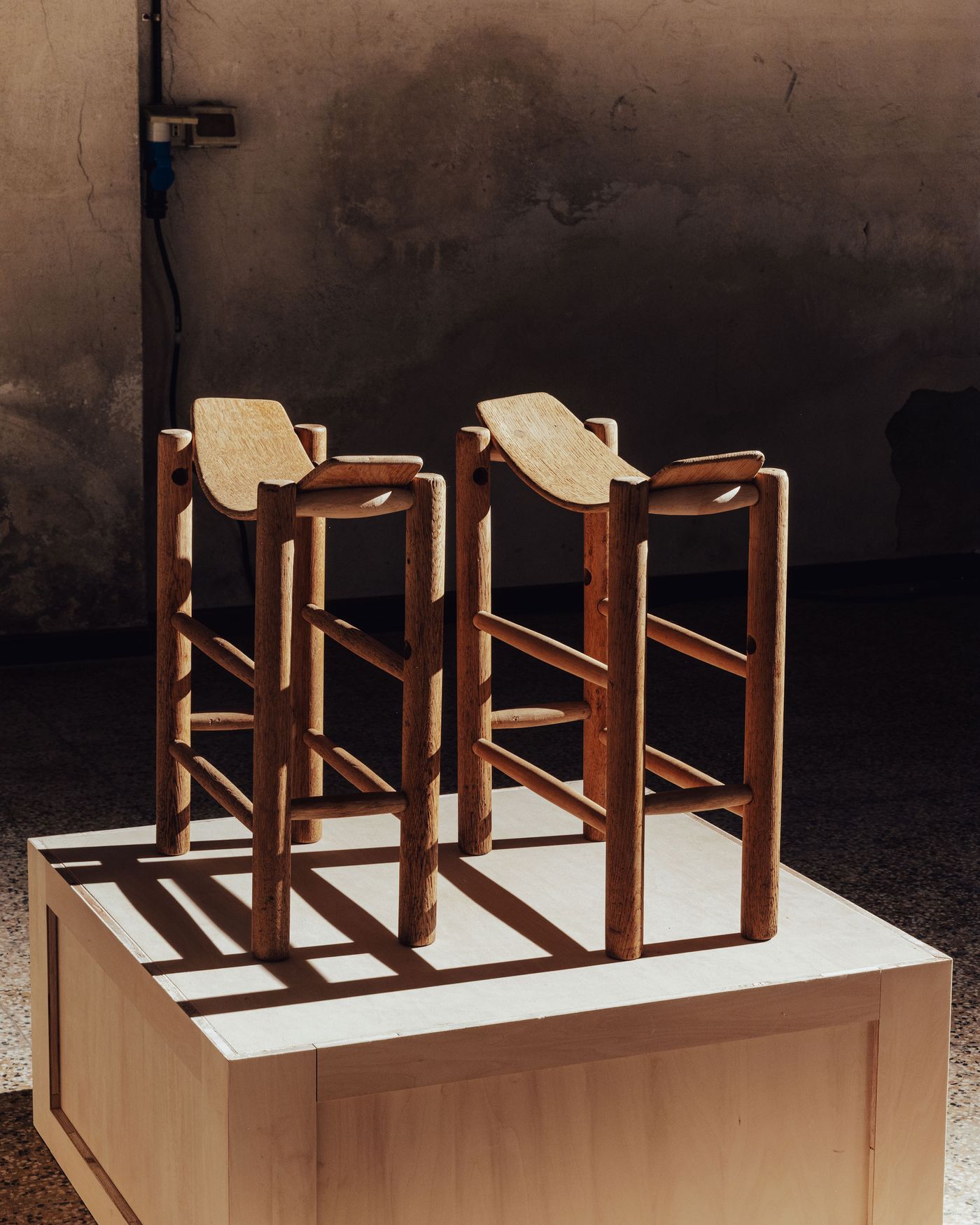
Photography by Piergiorgio Sorgetti.
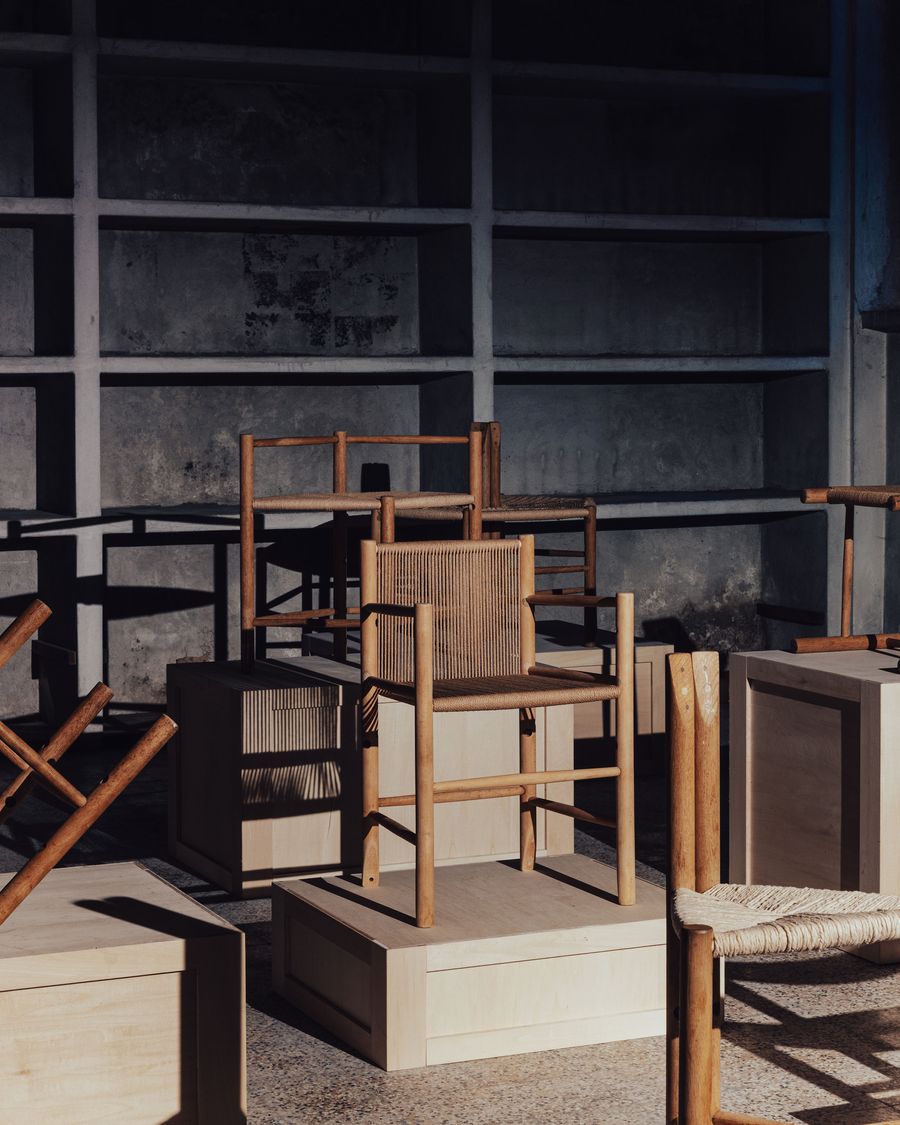
Photography by Piergiorgio Sorgetti.
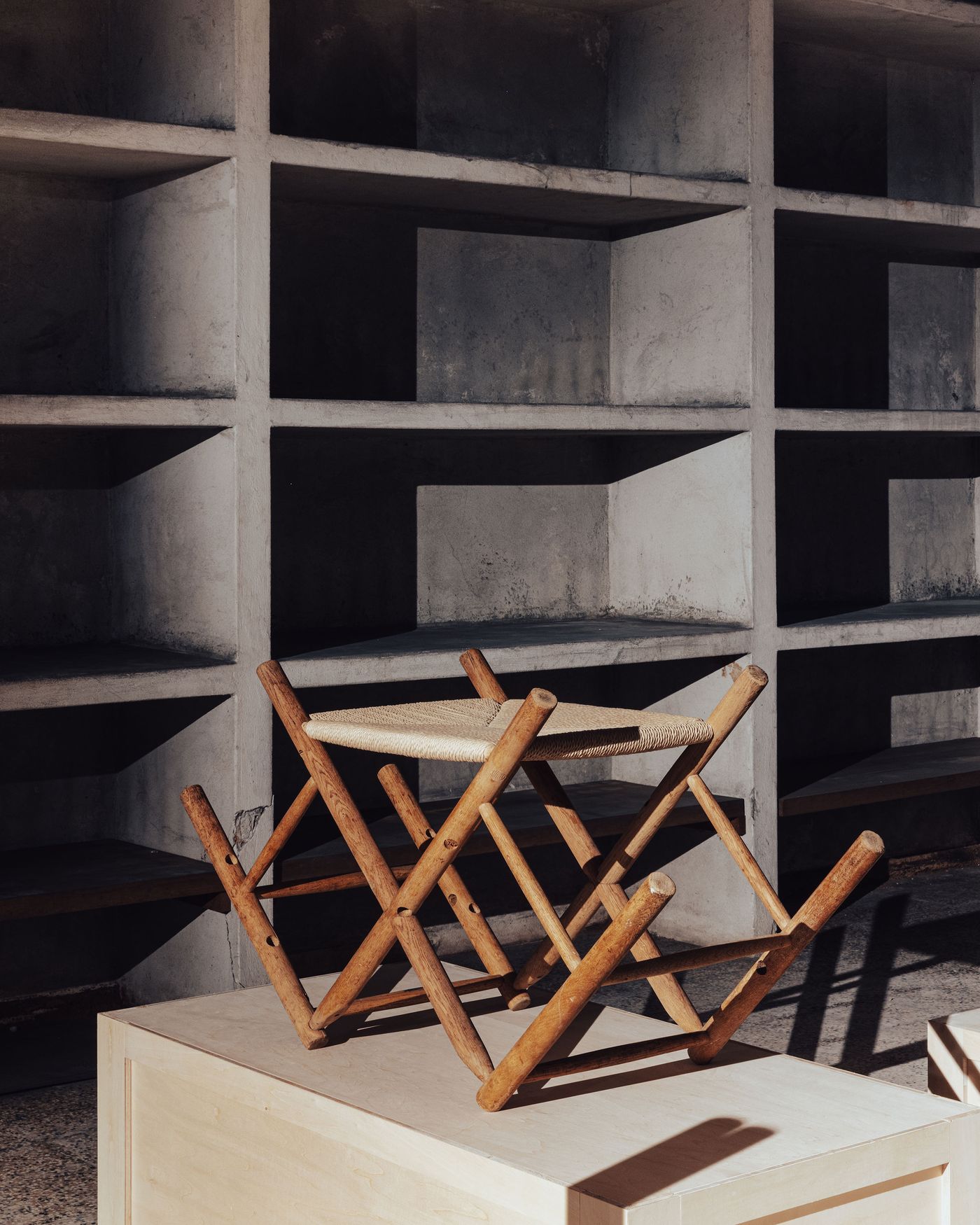
Photography by Piergiorgio Sorgetti.

Photography by Sami Oliver.
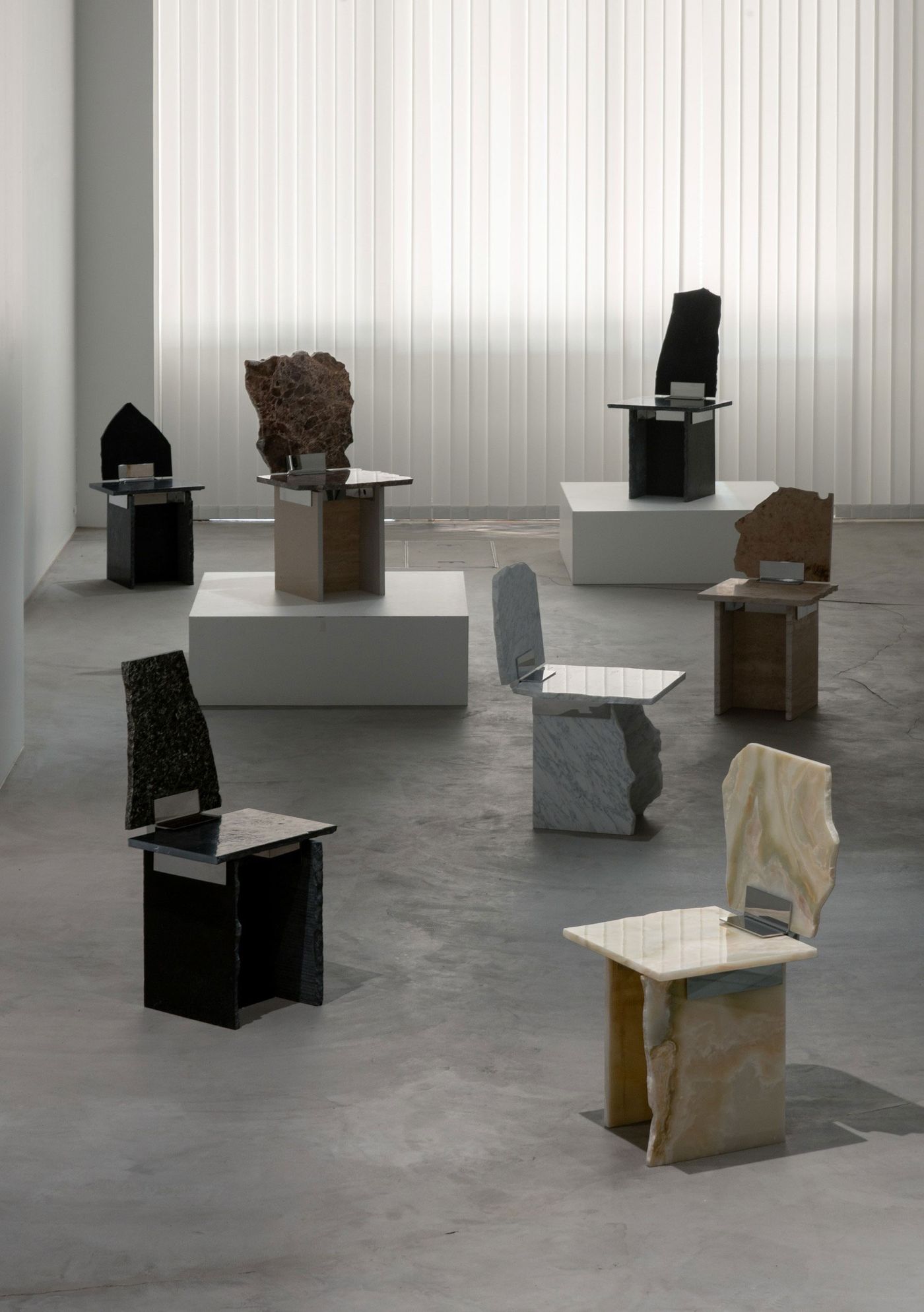
Photography by Kenta Hasegawa.
This process-driven, materially reflective approach also extends to AtMa’s latest RECLAIMED FURNITURE series, titled 0%SURPLUS, which was recently exhibited at topso gallery in Tokyo (April 26 – May 25, 2025). While J39.5 breathes new life into design icons, 0%SURPLUS addresses a different kind of excess: the inevitable waste generated during interior construction projects. Whether due to breakage, miscalculations, or precautionary over-ordering, materials such as marble, tiles, wallpaper and carpet are routinely discarded once the job is done. AtMa, in collaboration with clients and contractors, began collecting these surplus materials and giving them new roles.
The resulting pieces, composed primarily of irregularly shaped marble fragments joined by minimalist stainless-steel hardware, appear both accidental and intentional. Each offcut’s peculiarities are embraced, not masked. The forms are dictated by the constraints of the waste itself, leading to compositions that feel as much sculptural as functional. It's not just a matter of reuse—it's about re-seeing, uncovering dormant beauty in what’s usually deemed unusable.
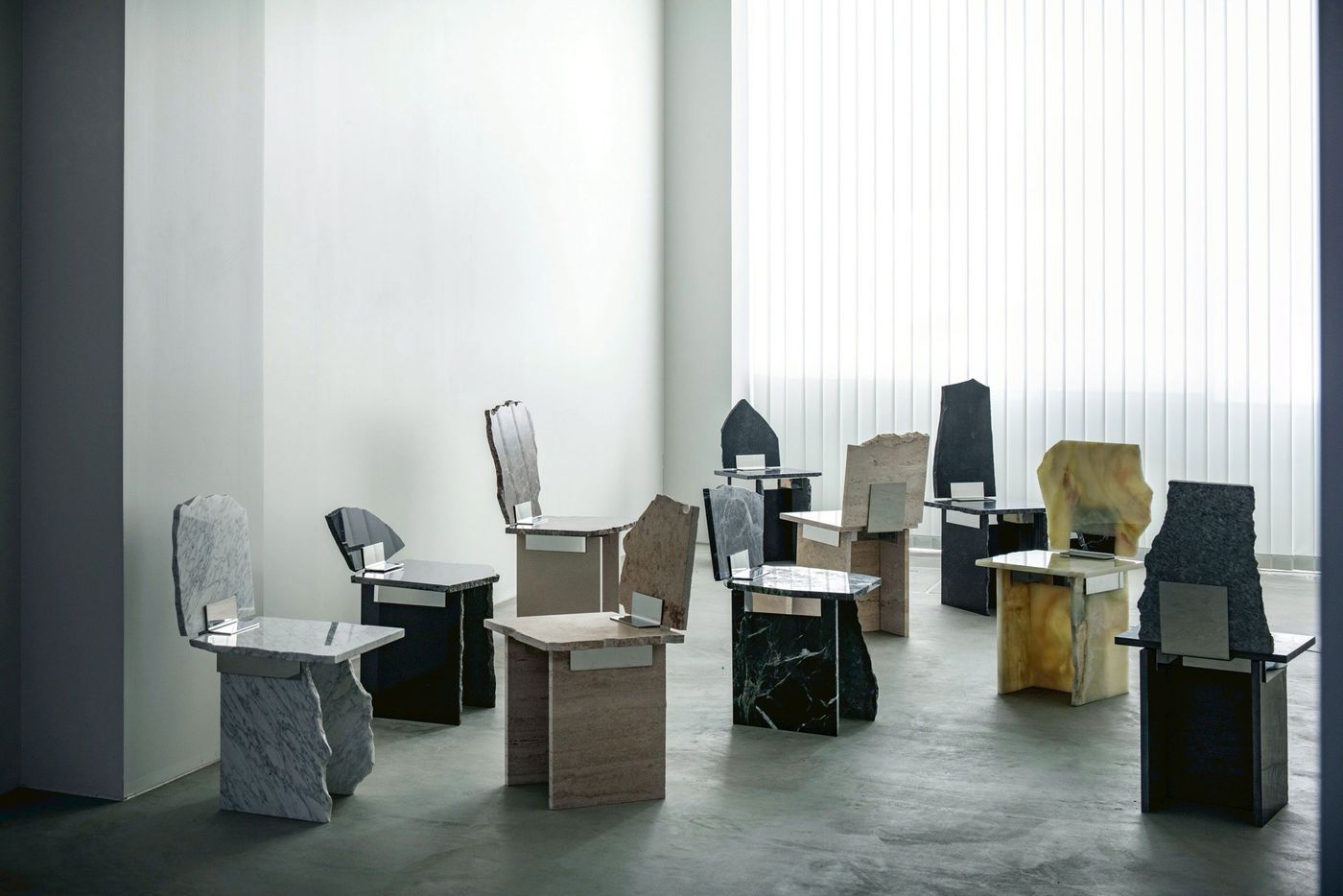
Photography by Kenta Hasegawa.
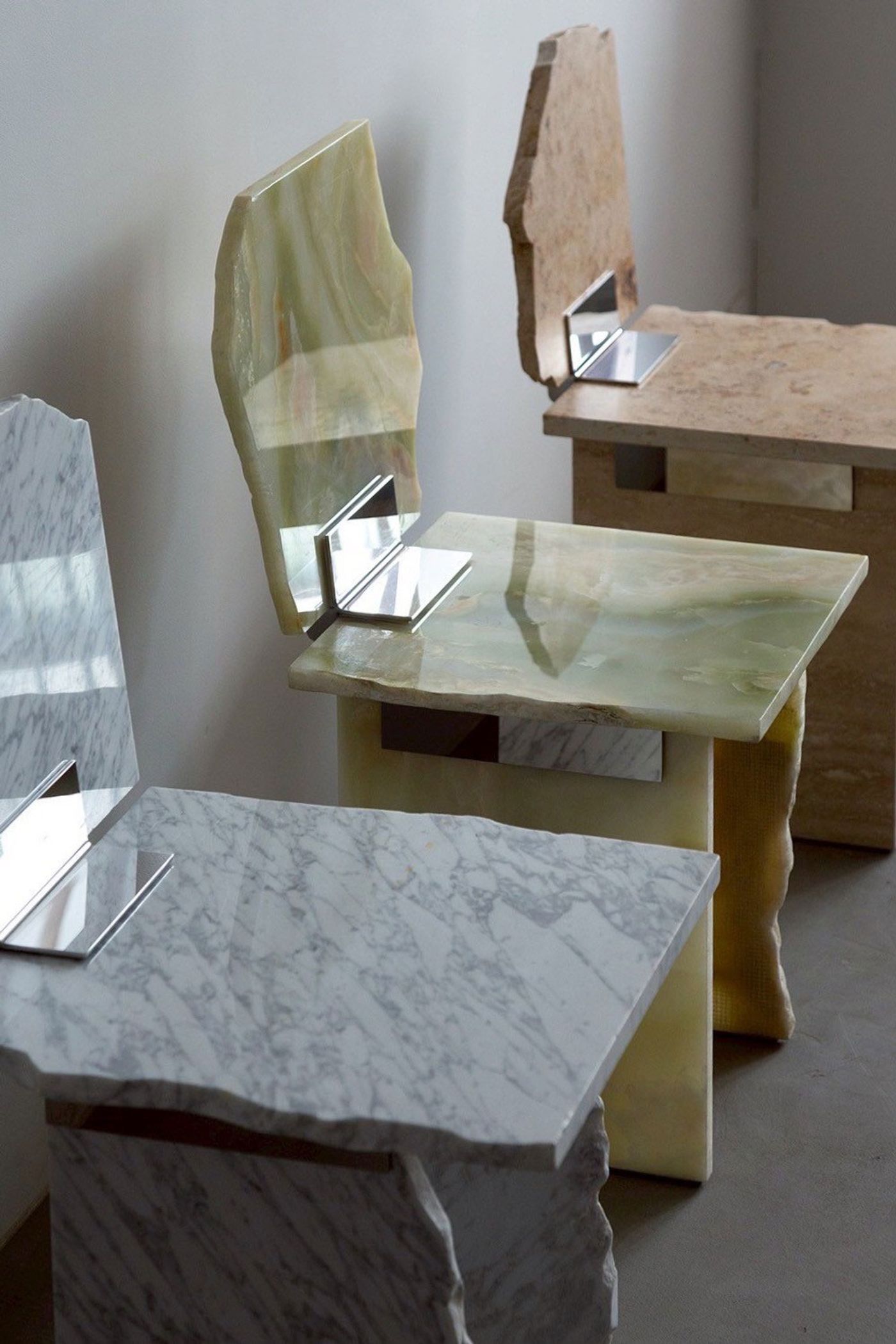
Photography by Kenta Hasegawa.

